The Most Regrettable Fashion Trends in History
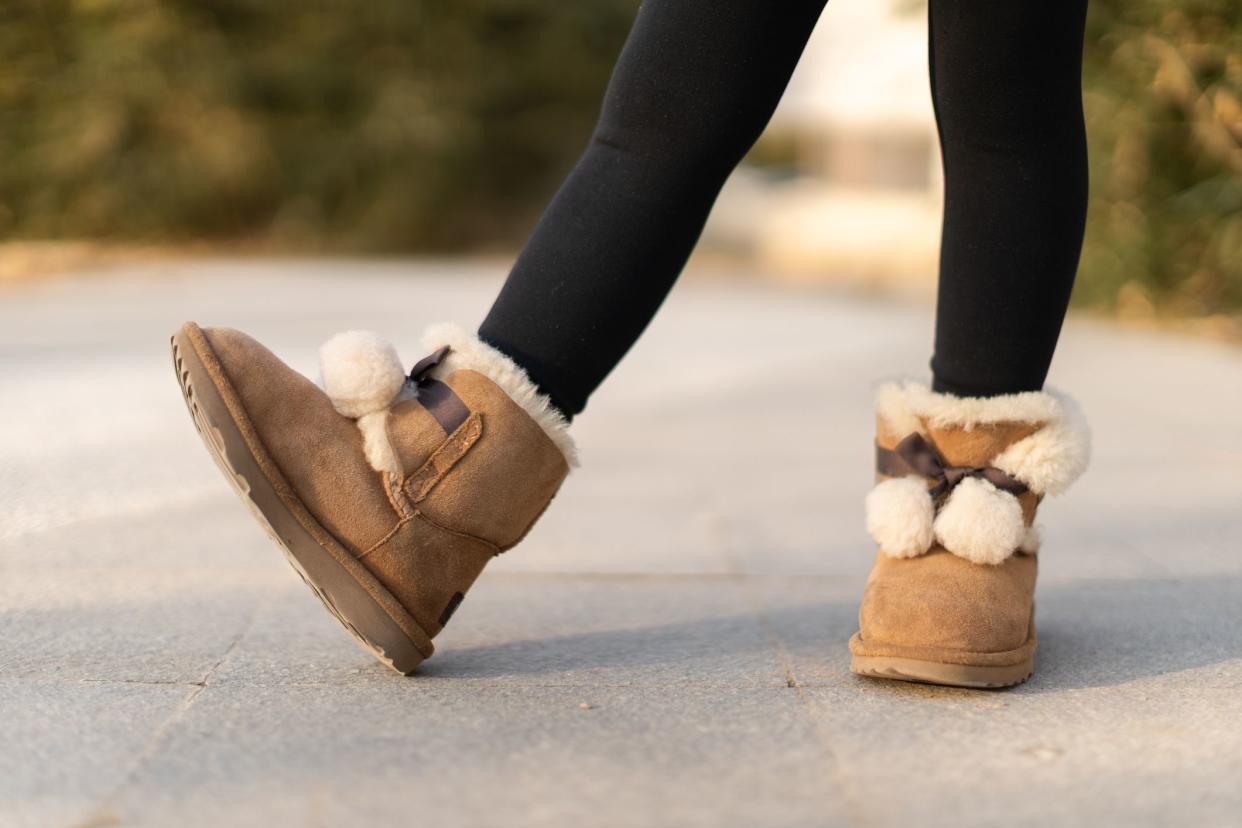
The Look Again
Fashion fads come and go. It's just that sometimes when they go, it feels like a weight has been lifted — unless they just won't go, as in the case of Ugg boots. The marshmallowy shoes are making a swift return, despite their cartoony appearance, thanks to Gen Z's embrace of early-aughts fashion. No matter how old you are, looking back through photos from the time in your life when you were trying to be cool can be funny — or painful. Here's a look at some of the most cringe-worthy fashion trends in recent history.
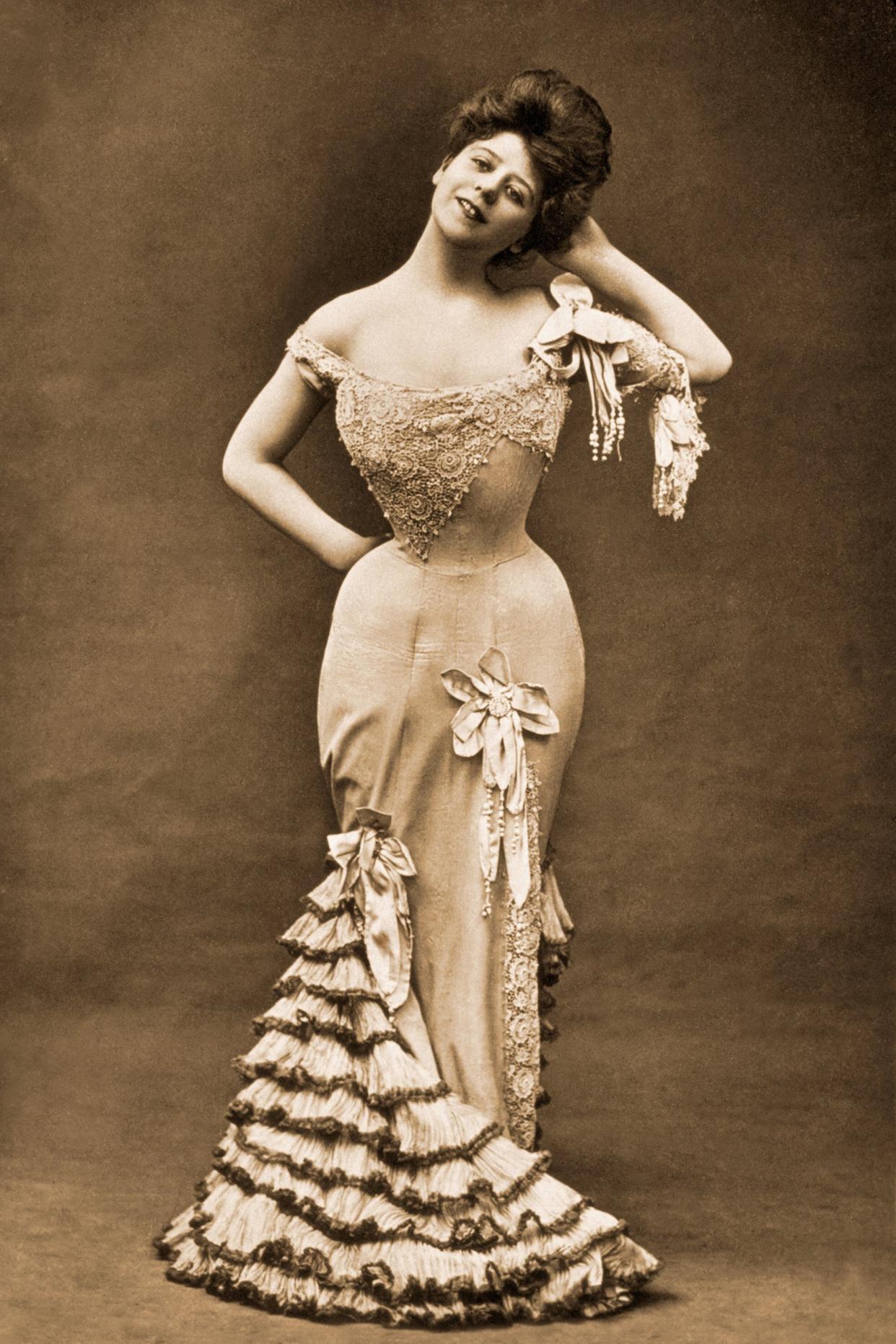
1900s: Corsets
At the turn of the 20th century, the Victorian era was drawing to a close — and so, too, thankfully, was the era of the corset. For centuries, women used corsets to crush their bodies into the then-idealized hourglass figure. It was common for little girls to squeeze into them and continue wearing them their entire lives, even through pregnancy. They were known to misalign the spine, deform ribs, and smoosh internal organs out of their natural position.
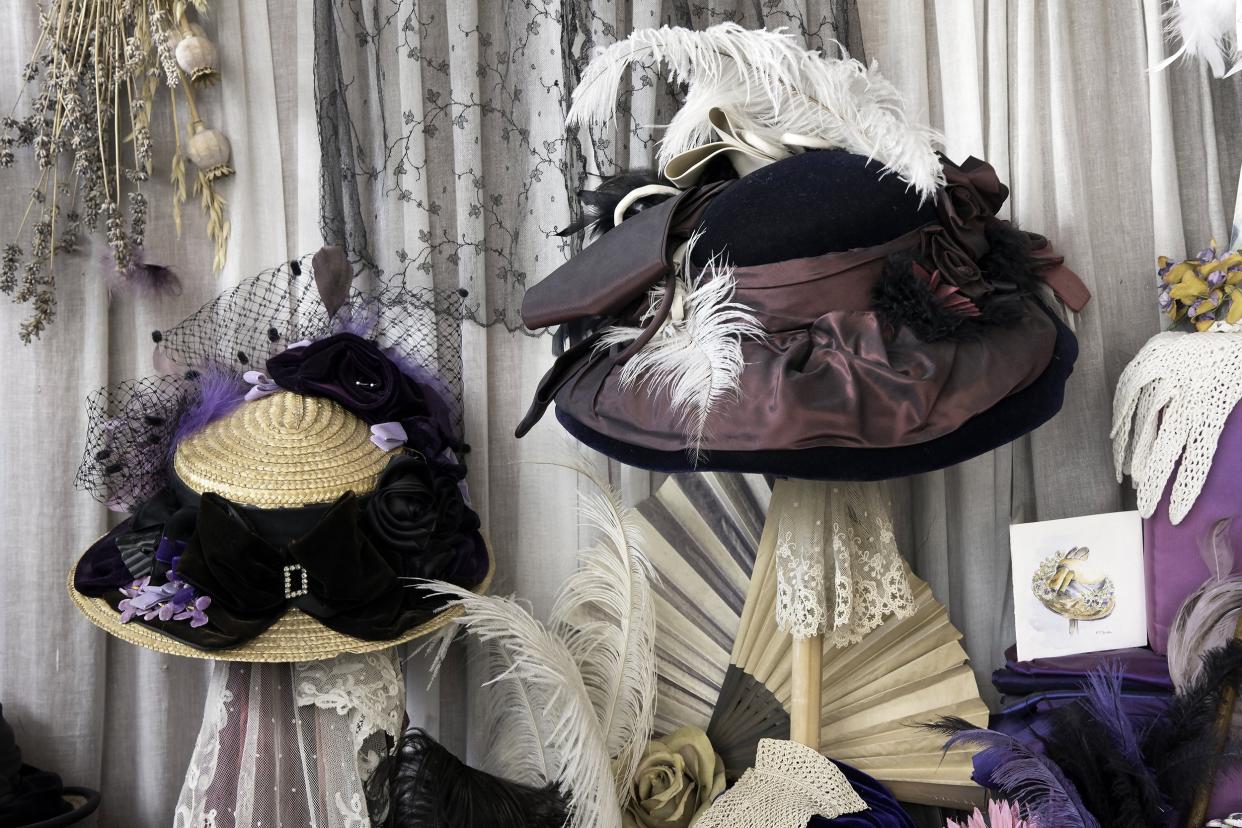
1910s: Edwardian Hats
As corsets began to come off, Edwardian hats unfortunately went on. A relic of the Titanic era, Edwardian hats were enormous feathered monstrosities that are best described as peacock meets sombrero. Mercifully, their memory lives on only in Halloween stores, costume shops, and reruns of "Downton Abbey."
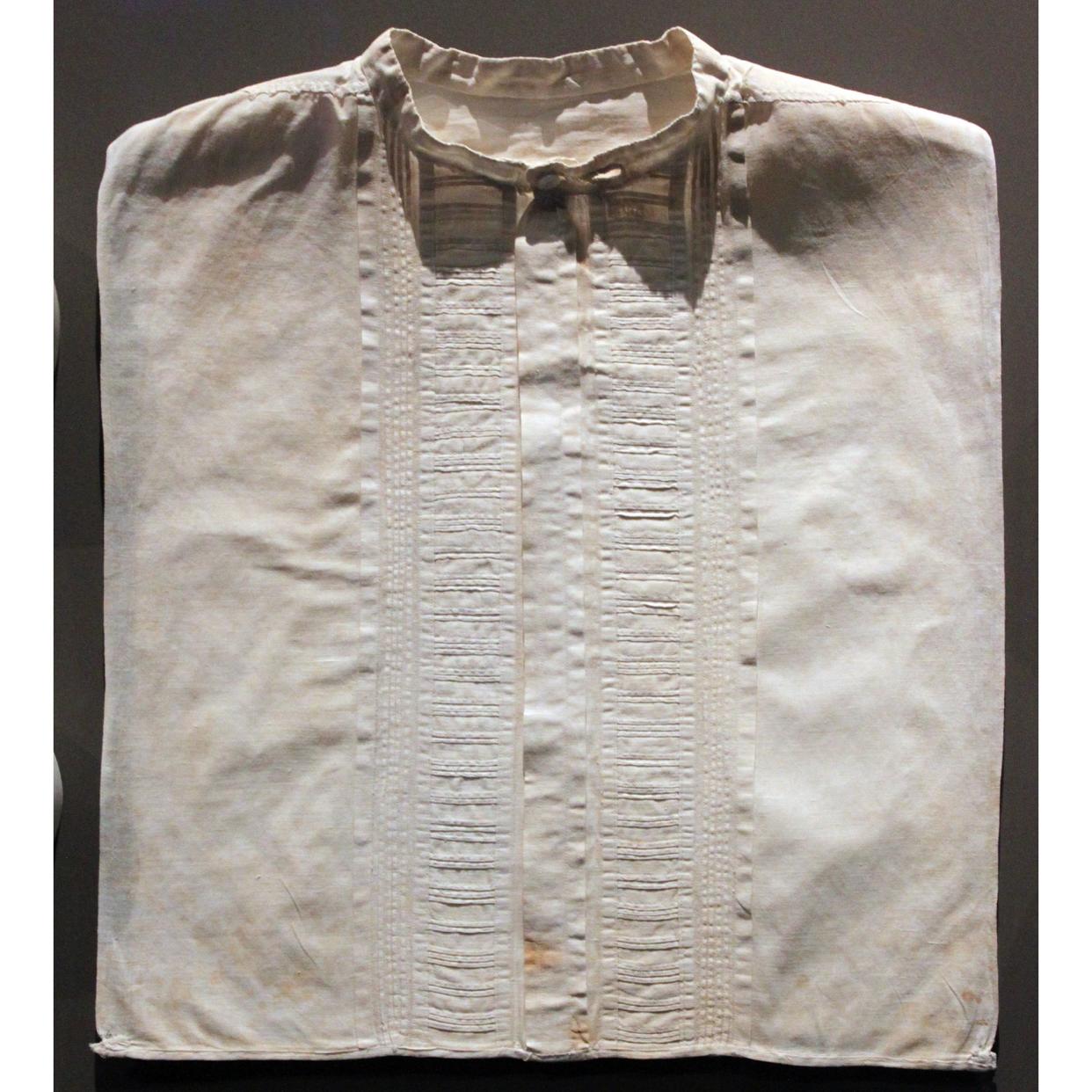
1910s: Dickies
Though these began being touted again as high fashion around 2015, that just brings us back around to how these fake, partial shirt fronts were used by the nouveau-riche in the 1910s: To cut down on the laundry bill while seeming to wear a tuxedo shirt. In the years between, mock turtleneck vest versions have become visual shorthand for tacky, clueless, and low-class, and it's not clear that Michael Kors fans will escape the dickies' historical taint.
For more fun trivia stories like this, please sign up for our free newsletters.
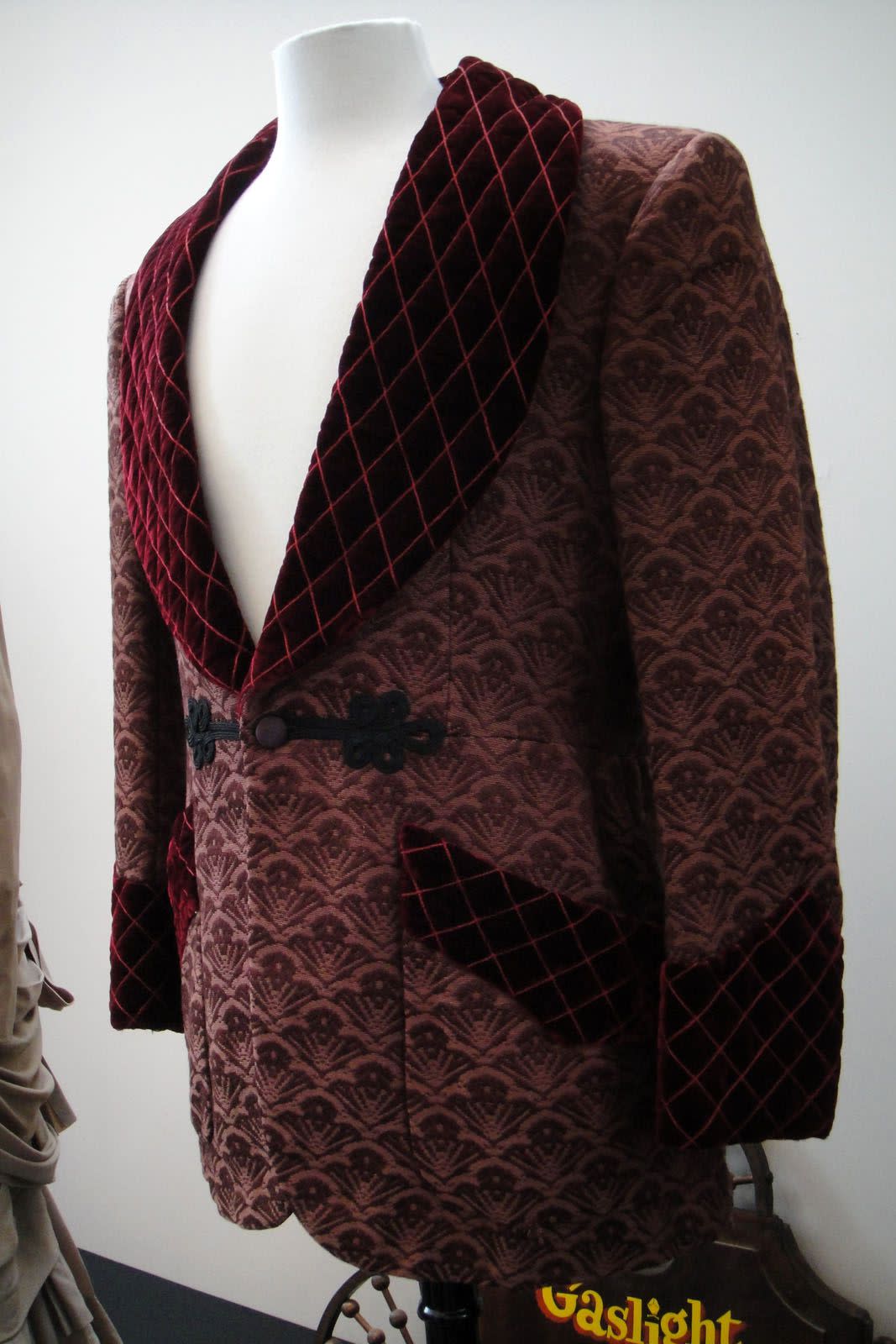
1920s: Smoking Jackets
Although they have roots dating to the 1600s, and never went out of style for Hugh Hefner, smoking jackets peaked in popularity the 1920s as the ultimate symbol of elegant leisure for gentlemen. In reality, they're glorified bathrobes with weird pockets designed to hold primitive watches on chains. They're almost always made of hideous maroon velvety cloth and were, presumably, saturated with cigar/pipe/unfiltered cigarette smoke.
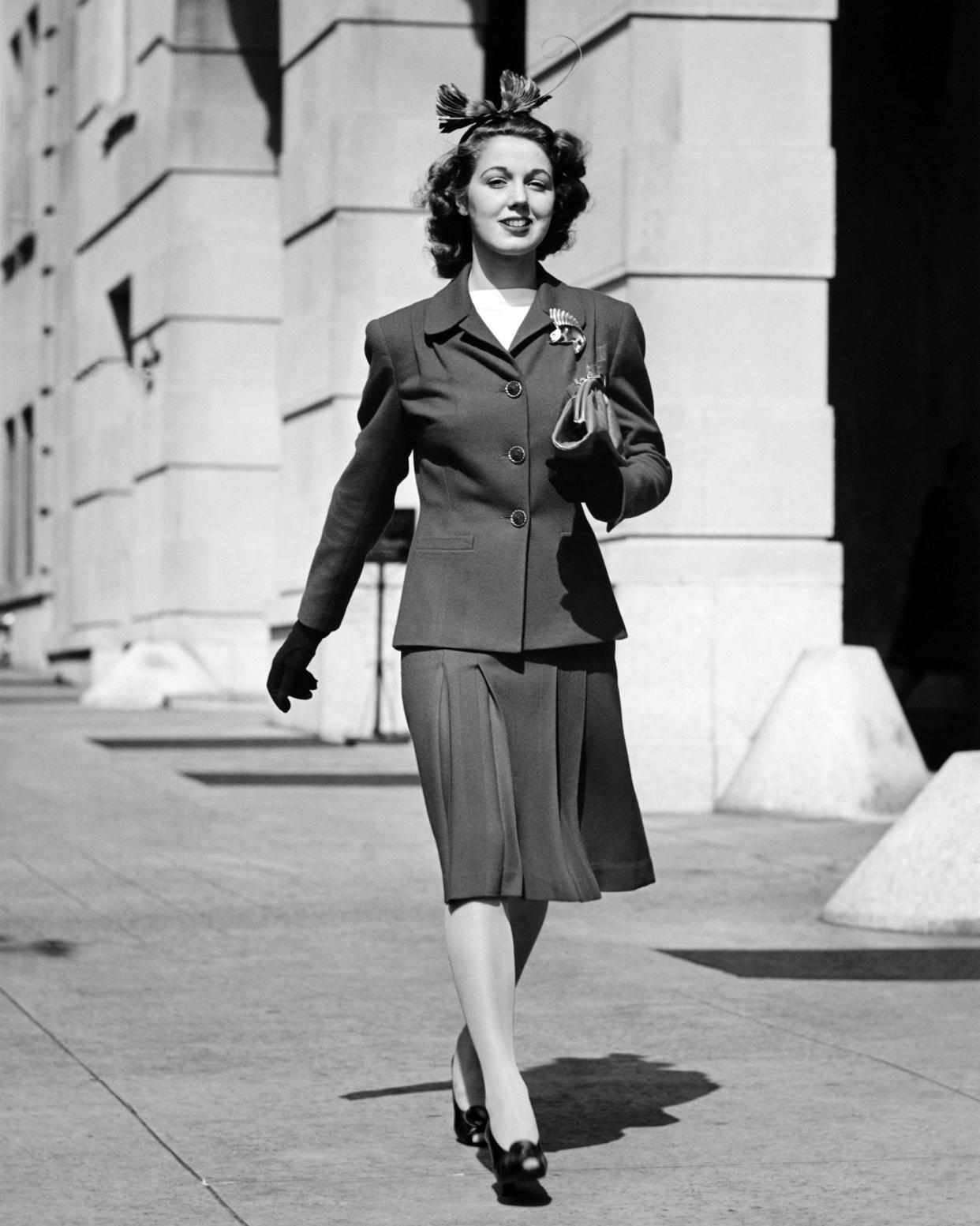
1930s: Shoulder Pads
The gangster era gave the world some of the greatest fashion ever conceived, but there was also plenty of stuff that didn't make it into the James Cagney movies — and for good reason. Although shoulder pads are often considered a fashion disaster of the 1980s, designer Elsa Schiaparelli introduced them in the 1930s. Thanks, Elsa, there's nothing cuter than right angles from neck to elbow.
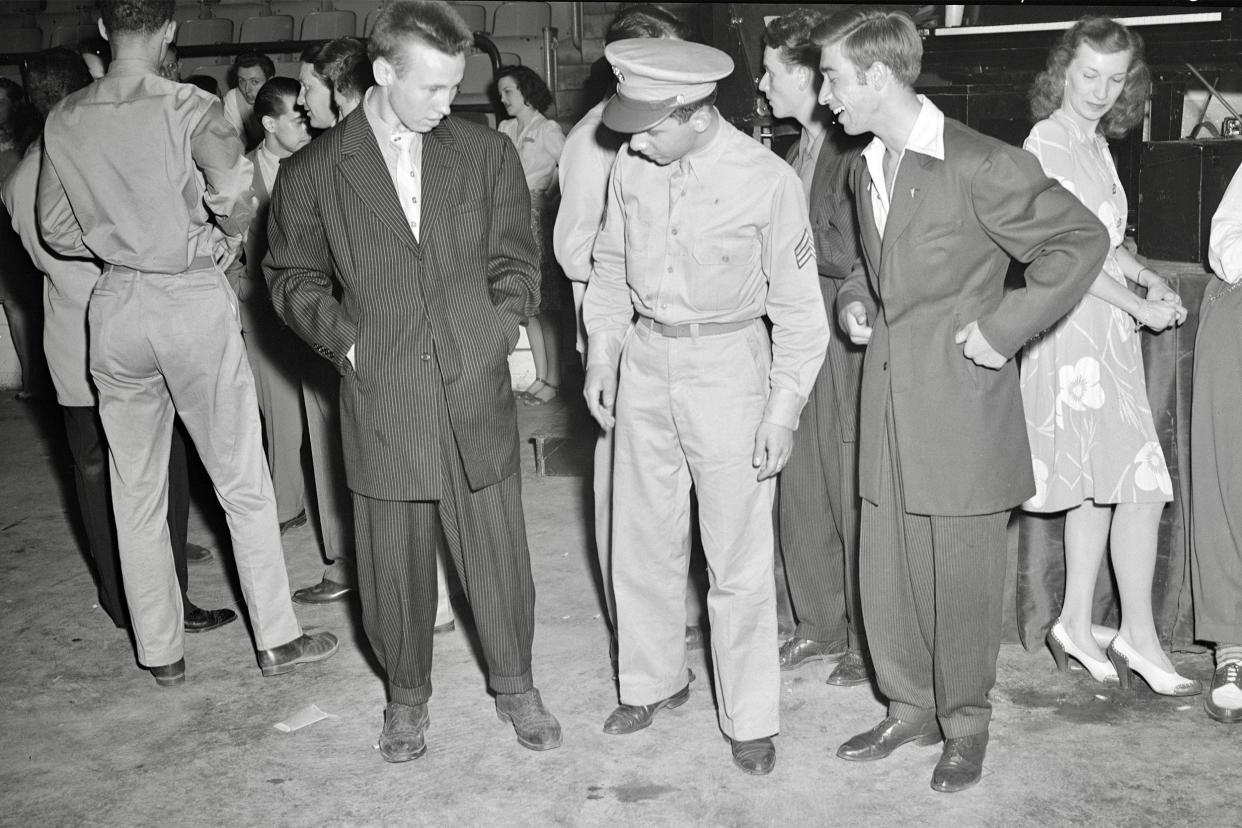
1940s: Zoot Suits
Fully loaded with racial stereotyping against the black and Latino youths who wore them in Harlem and Los Angeles in the 1940s, zoot suits might be the only fashion trend ever to have race riots named after them. Mountains of baggy cloth. Wide lapels. Porkpie hats. Padded shoulders. The zoot suit is gone forever, and that's fine.
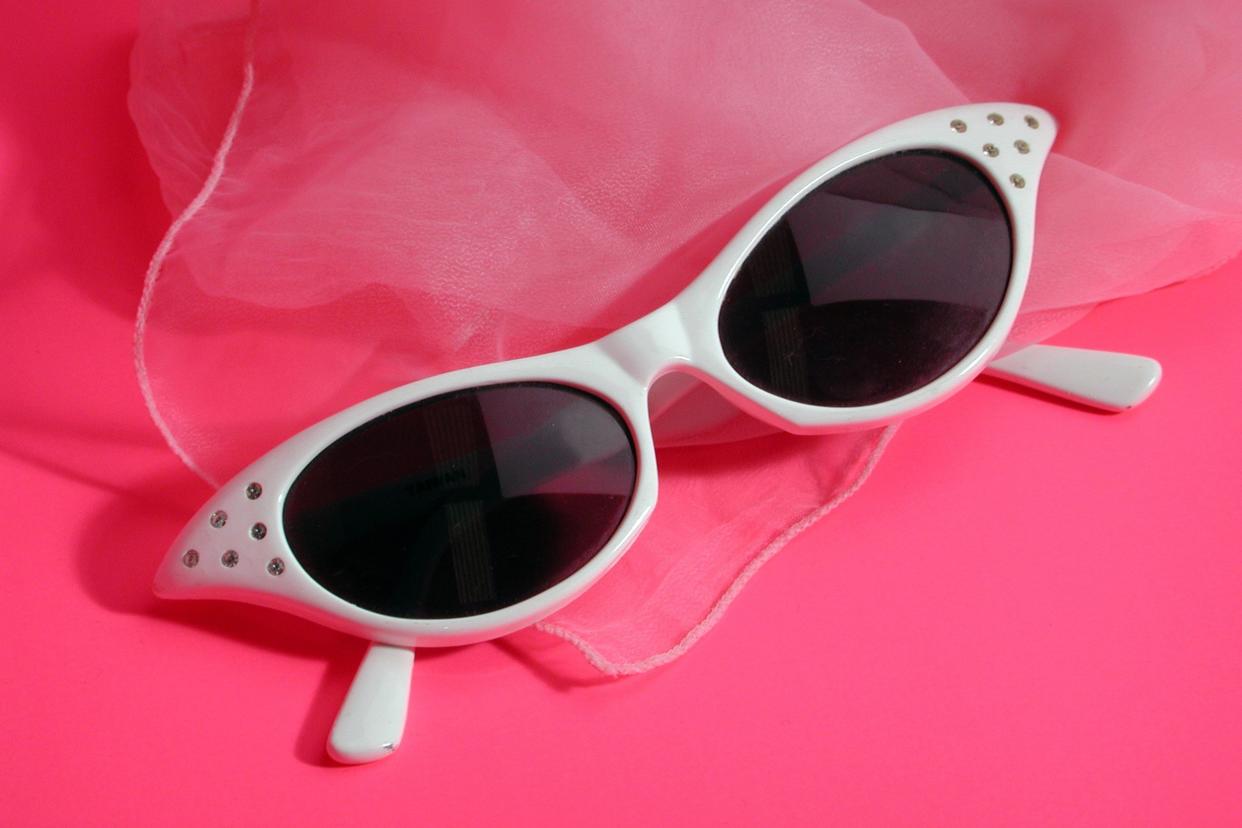
1950s: Cat Eye Glasses
Although Audrey Hepburn's character in "Breakfast at Tiffany's" launched them into the fashion stratosphere in 1961, cat eye sunglasses came onto the scene in the 1950s — and they've never gone away. That's more than a half-century of perturbed-librarian-meets-human-feline awfulness.

1960s: John Lennon Glasses
Although they didn't look terrible on Ben Franklin 200 years earlier, tiny glass circles on thin wire frames did for men in the 1960s what cat eyes did for women the decade before: made their faces look ridiculous. This modern style mistake can be traced to John Lennon. The Beatle sported "granny glasses" for the first time in 1966, adopting them from the character he played in a movie.
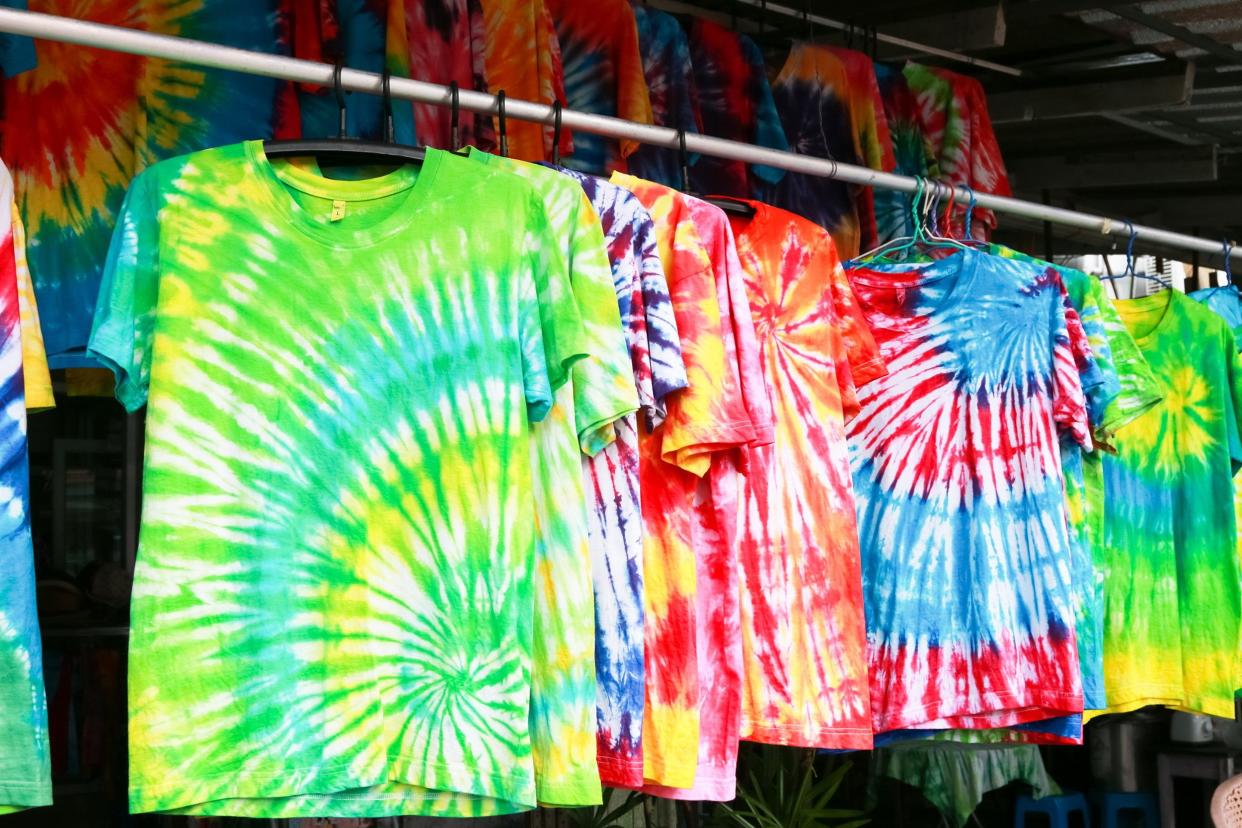
1960s: Tie-Dye
Part of the hippie uniform, tie-dyed clothing was an advertisement that let the square world know if you were raging against the machine in the '60s. Is there such thing as too much color? Yes, longhair, there is. You're a person, not an Easter egg.
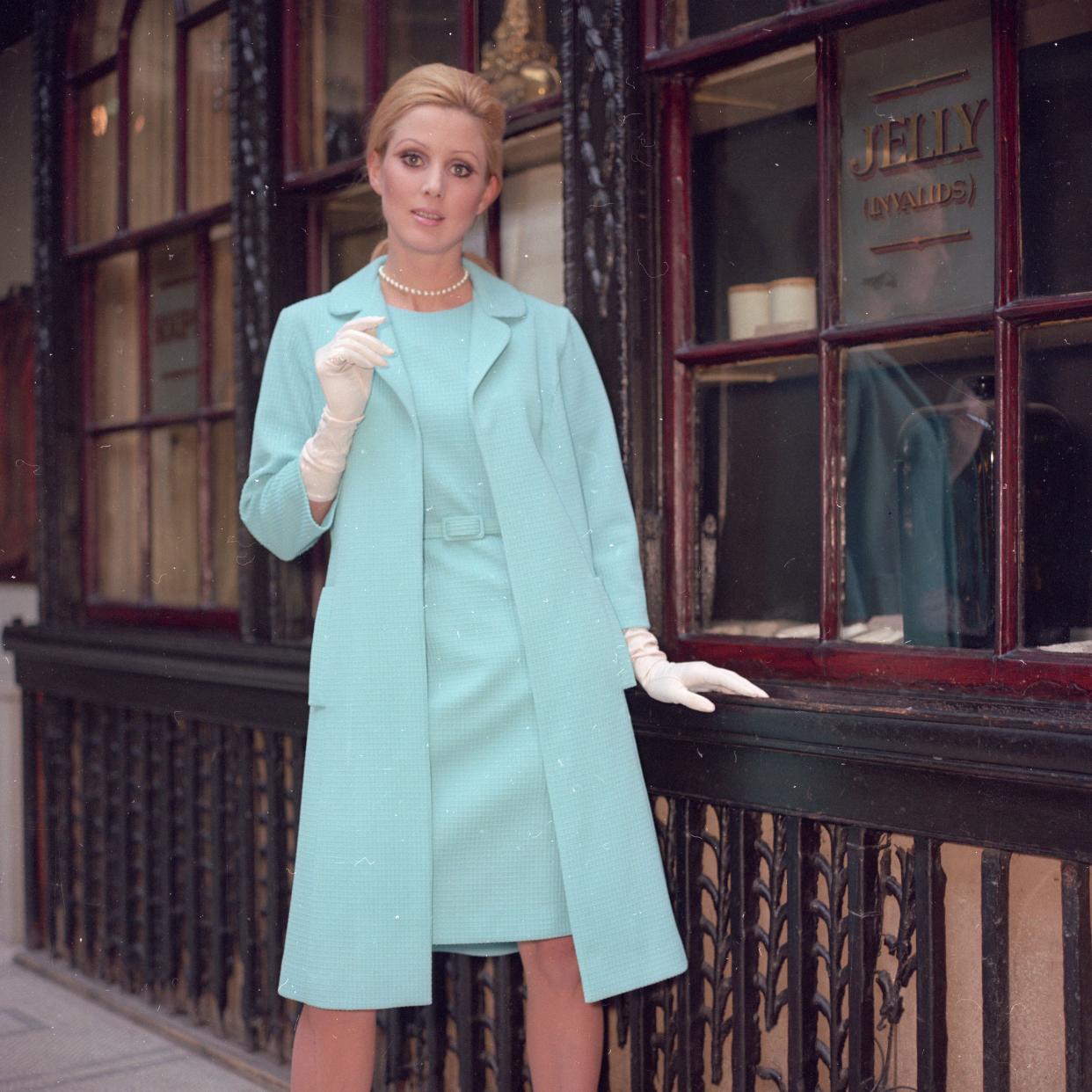
1960s: White Gloves
If you're not a butler or a Disney toon, and if you're not performing a medical procedure or going to the opera, there is essentially no excuse for white gloves. Yet in the 1960s, there they were. Everywhere. With every outfit. For no apparent reason.
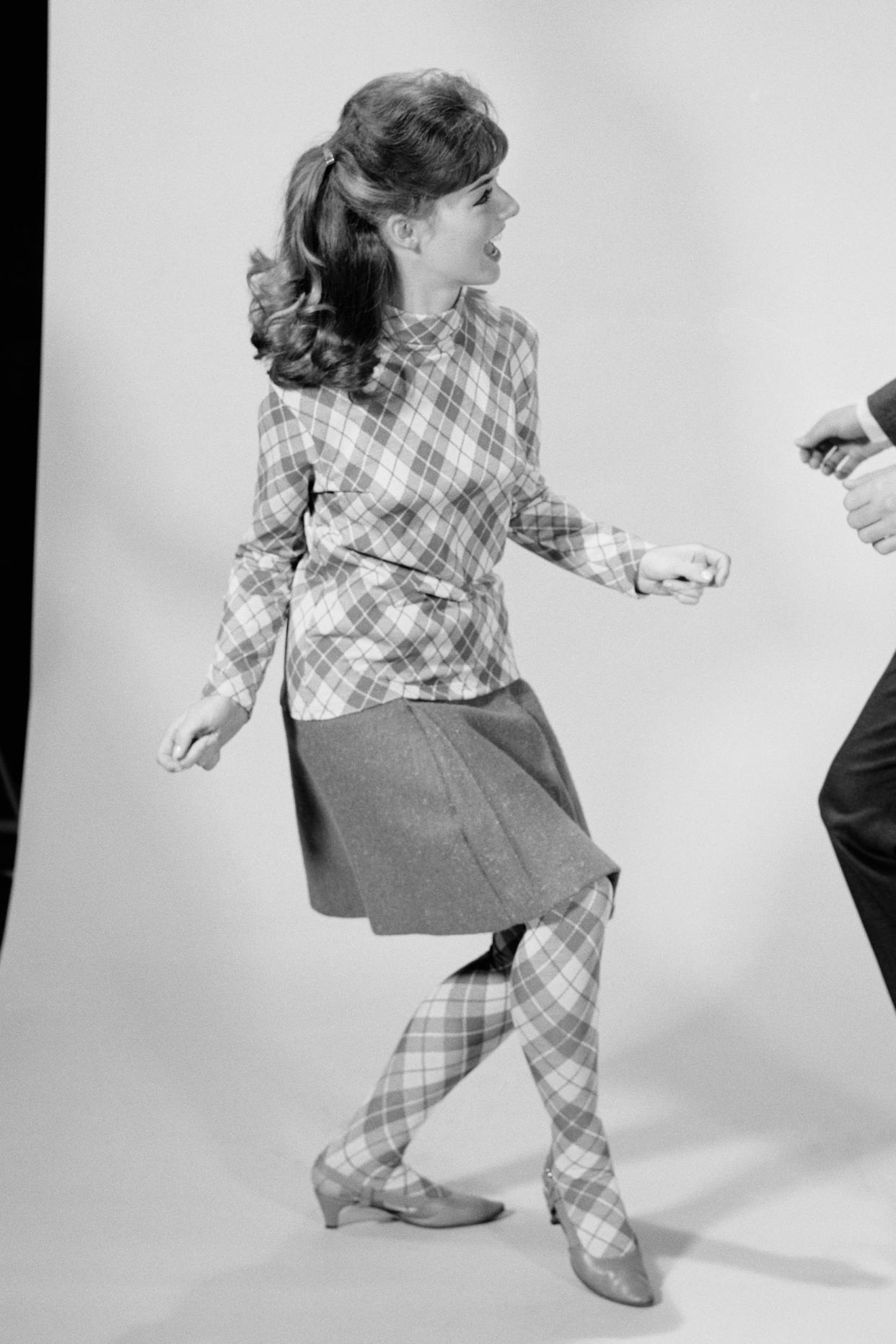
1960s and Today: Patterned Tights
During the free-spirited 1960s it was groovy to cover the leg with day-glo colors and op-art patterns — and now they're back, minus the terminology, as exercise wear that get repurposed into everyday garb that's more "fun" than the ubiquitous black leggings. That they're now on male legs too may say good things about our culture, but it doesn't say anything good about our fashion sense.
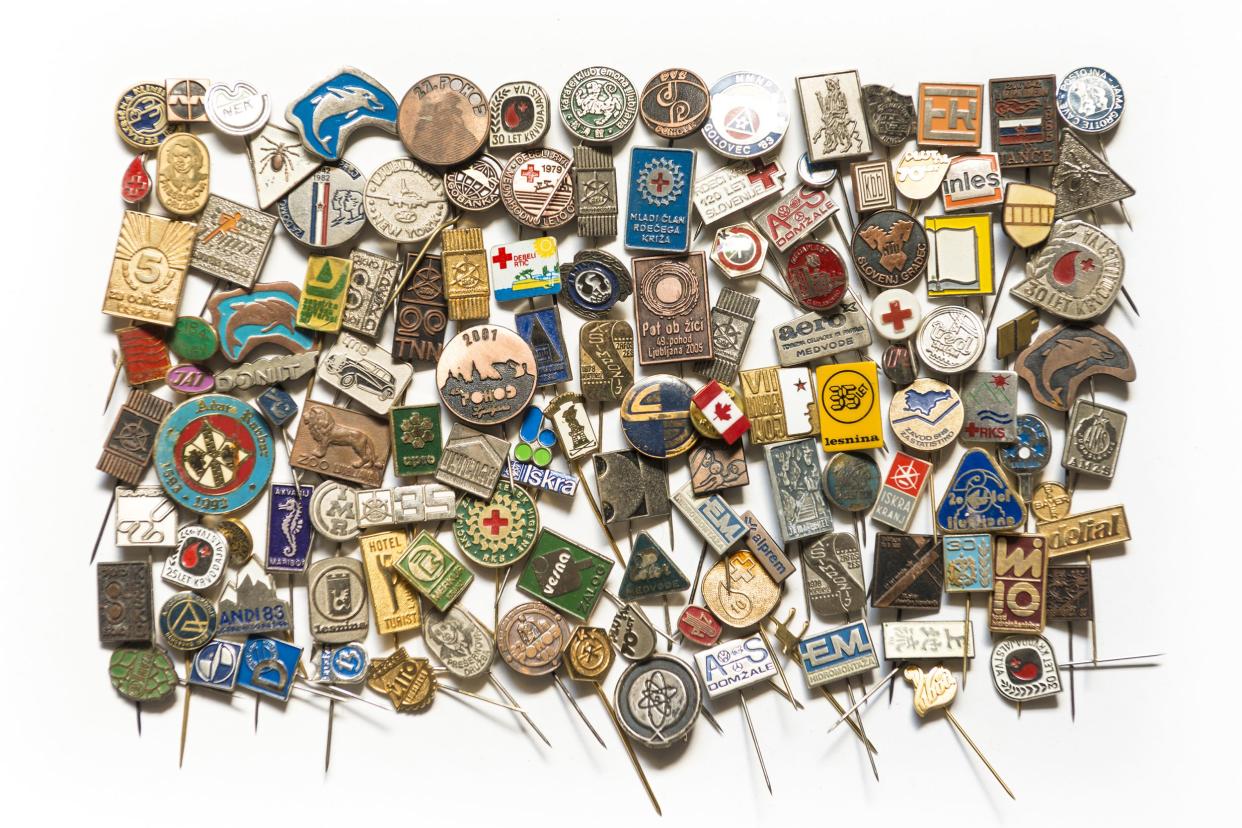
1960s: Human Billboards
In the movie "Office Space," they called it "flair." We're talking about buttons and pins with wacky slogans safety-pinned to clothing, backpacks, and other accessories, and Jennifer Aniston's character freaked out and quit her job because she didn't want to wear it — and we don't blame her. The revived trend traces its roots to the 1960s and the anti-war movement, when pins instructed you to do such things as make love, not war.
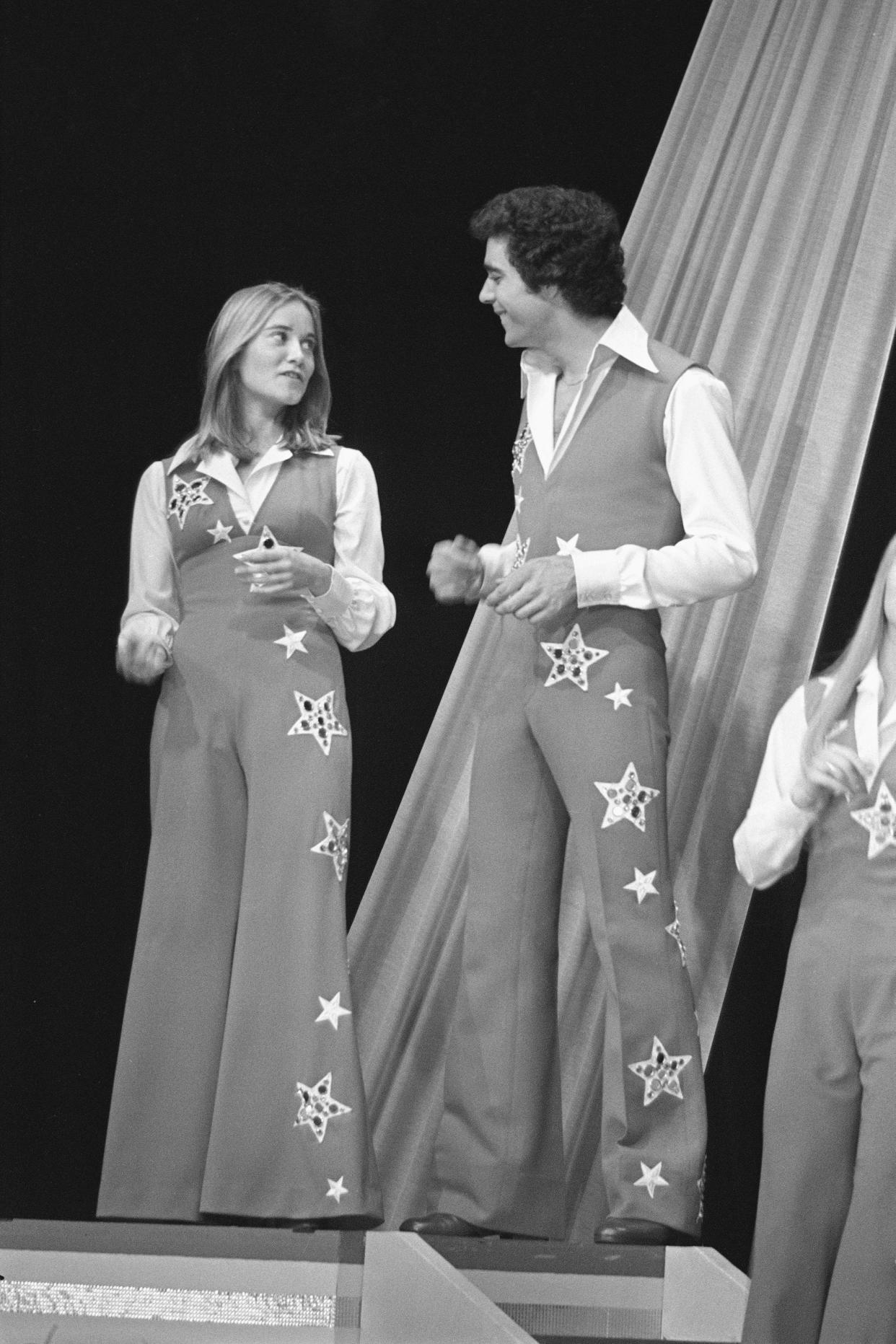
1970s: Jumpsuits for Men
There was a tragic but thankfully brief time it was acceptable for grown men to leave the house wearing full-length tuxedo onesies. That time was the 1970s, and the onesies were called jumpsuits. They came with frills. They could be purple, but they might also be brown and tan. This happened, and it wasn't okay.
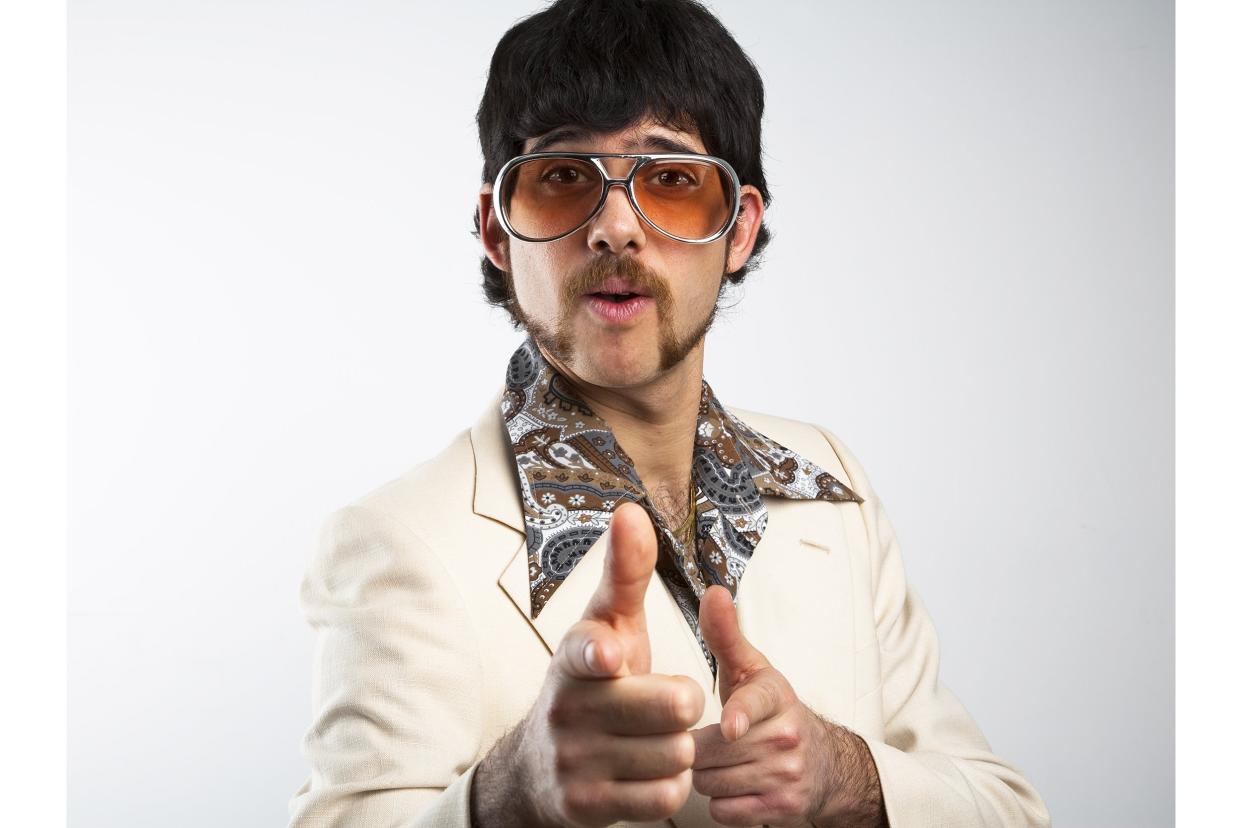
1970s: Wide-Collared Shirts
Something weird happened in the 1970s: Everyone's necks grew paper airplane wings. Wide-collared shirts, sometimes called disco shirts, began busting out from under sport coats around the time Abba ruled civilization. The style looked good on one person, and one person only: Burt Reynolds.
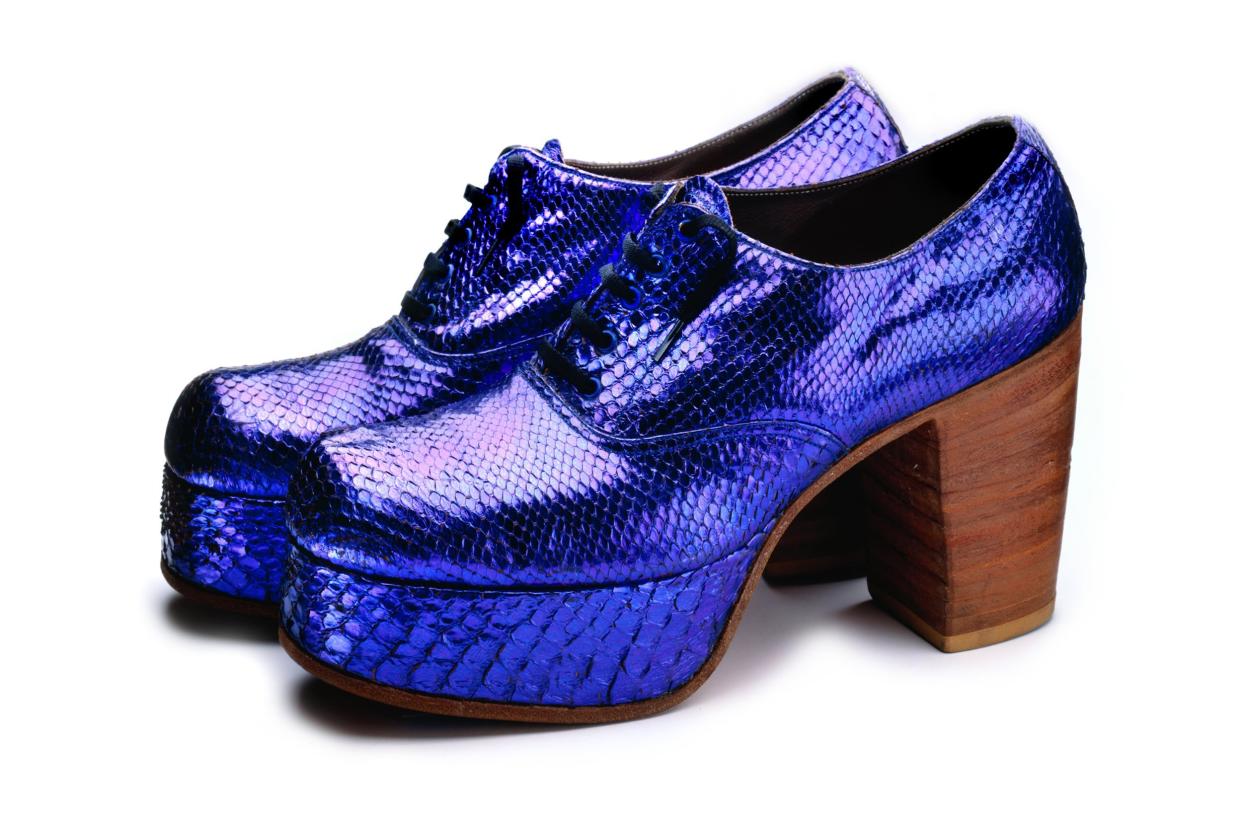
1970s: Platform Shoes
Ummm. Linda? Donna? Cherise? You know I know that none of you are actually 6-foot-6, right? Also, we're supposed to go dancing, you know, at the discotheque … and maybe giant bricks attached to sandals aren't the most prudent choice of footwear.
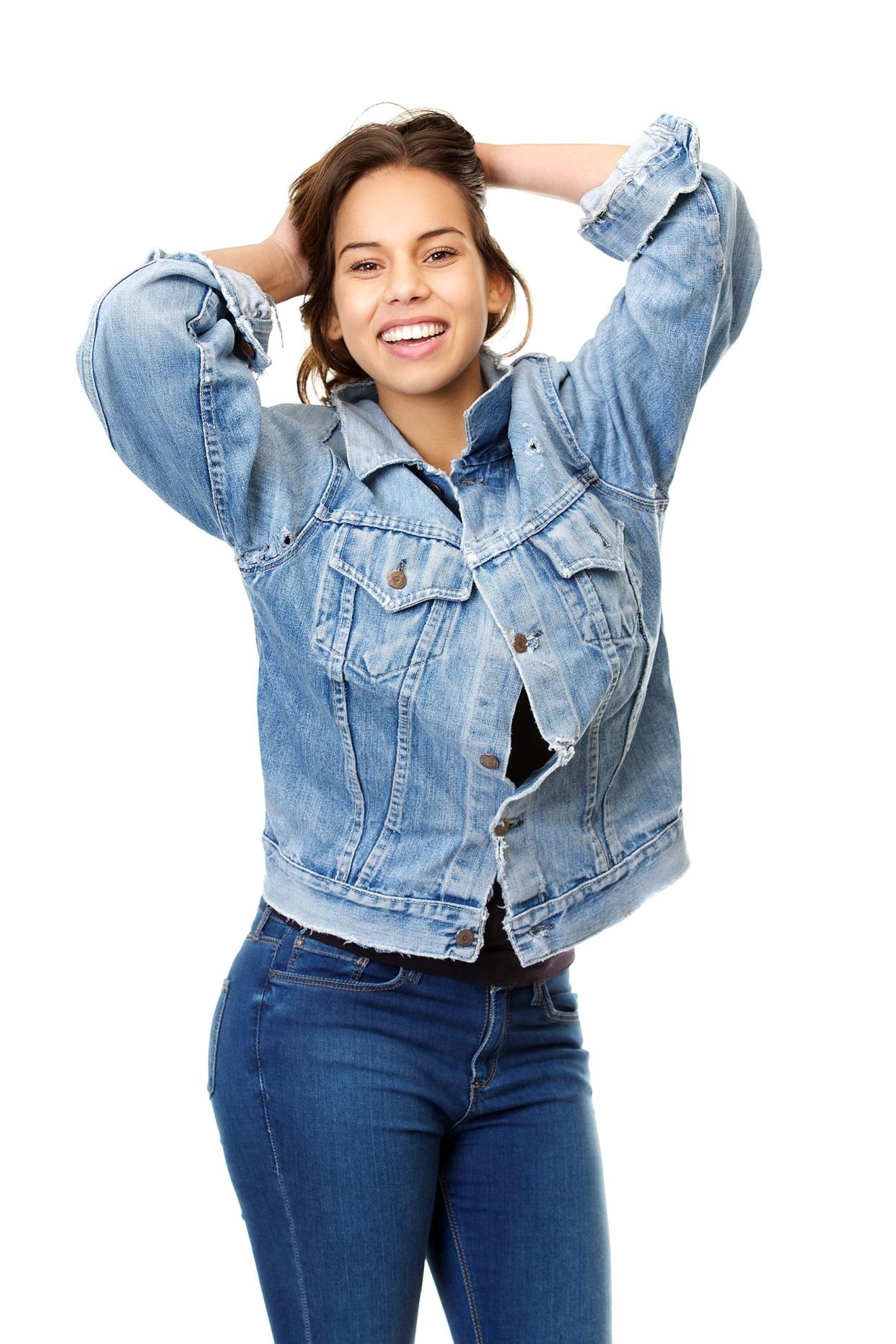
1970s: The Canadian Tuxedo
Jeans are great. Jeans jackets are great. But wearing them at the same time — called double denim or the Canadian tuxedo — is never right, no matter what Vogue says.
Related: The History of American Jeans: From Railroad to Runway
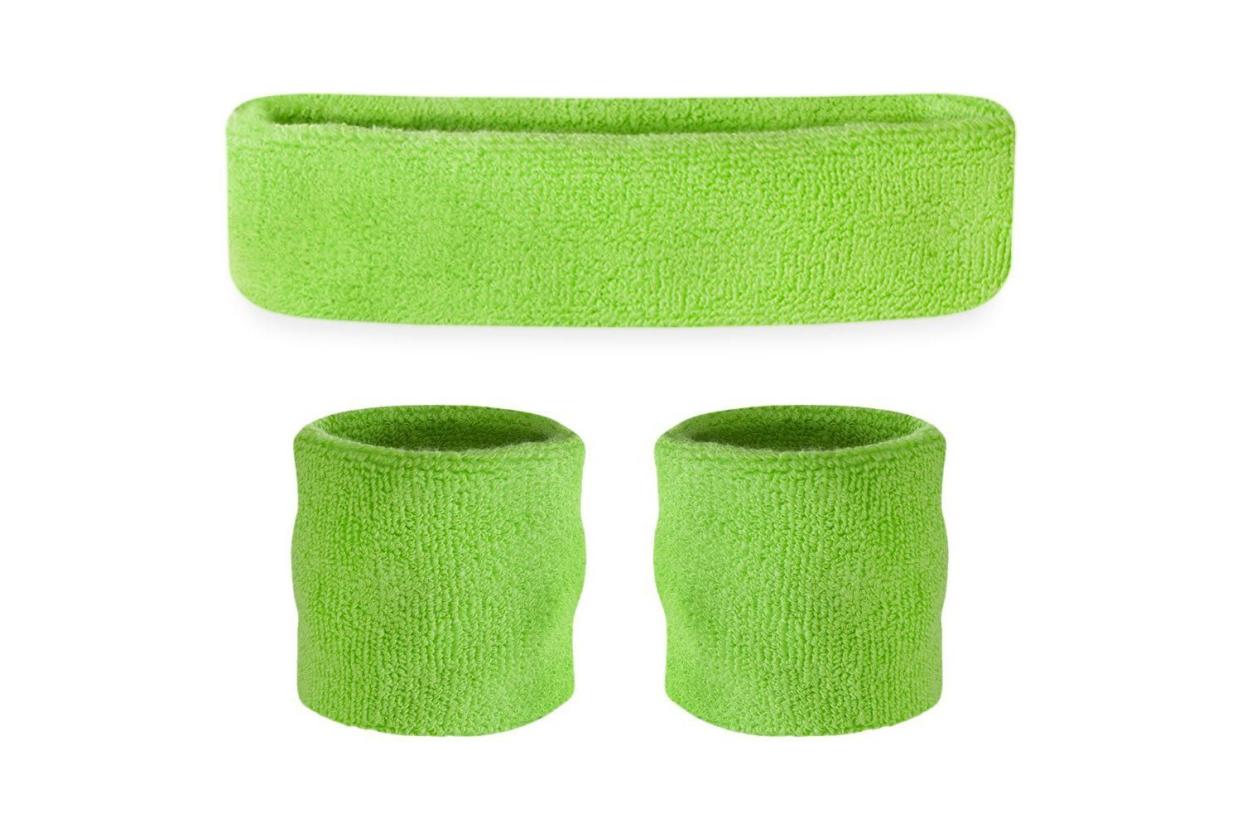
1980s: Neon Headbands and Wristbands
Since neon colors were required for absolutely all merchandise in the 1980s, and sweat-soaked elastic cloth wrapped around the head and wrists was totally a thing, why not combine the two?
Related: Overpriced Workout Gear: Items That Are a Waste of Money
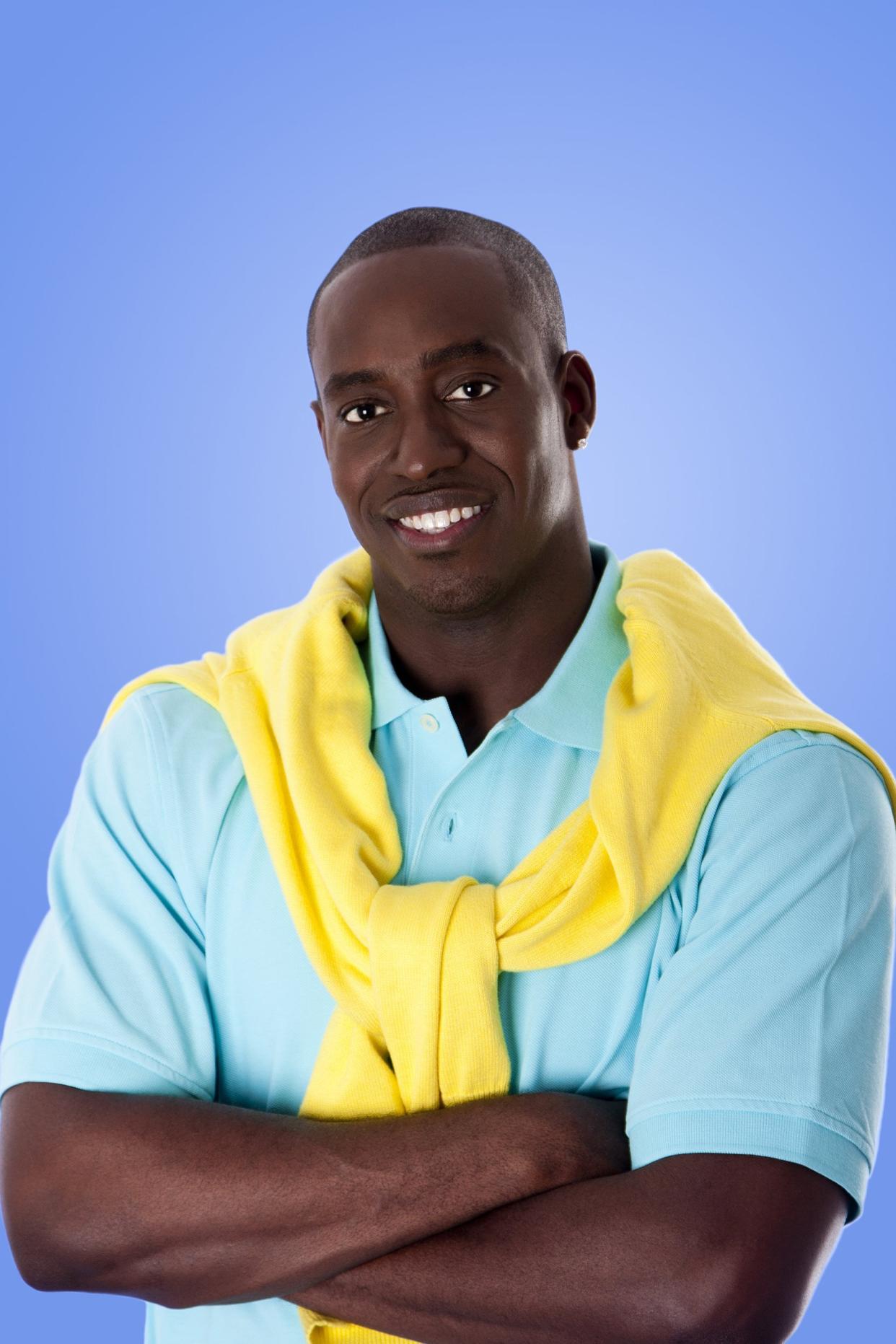
1980s: Sweaters Around Necks
Among the most awful trends in fashion history was '80s prep, and its most heinous offense was men — seemingly all named Blaire or Blaine — tying sweaters around their necks in prep schools, yacht clubs, and Brat Pack movies.
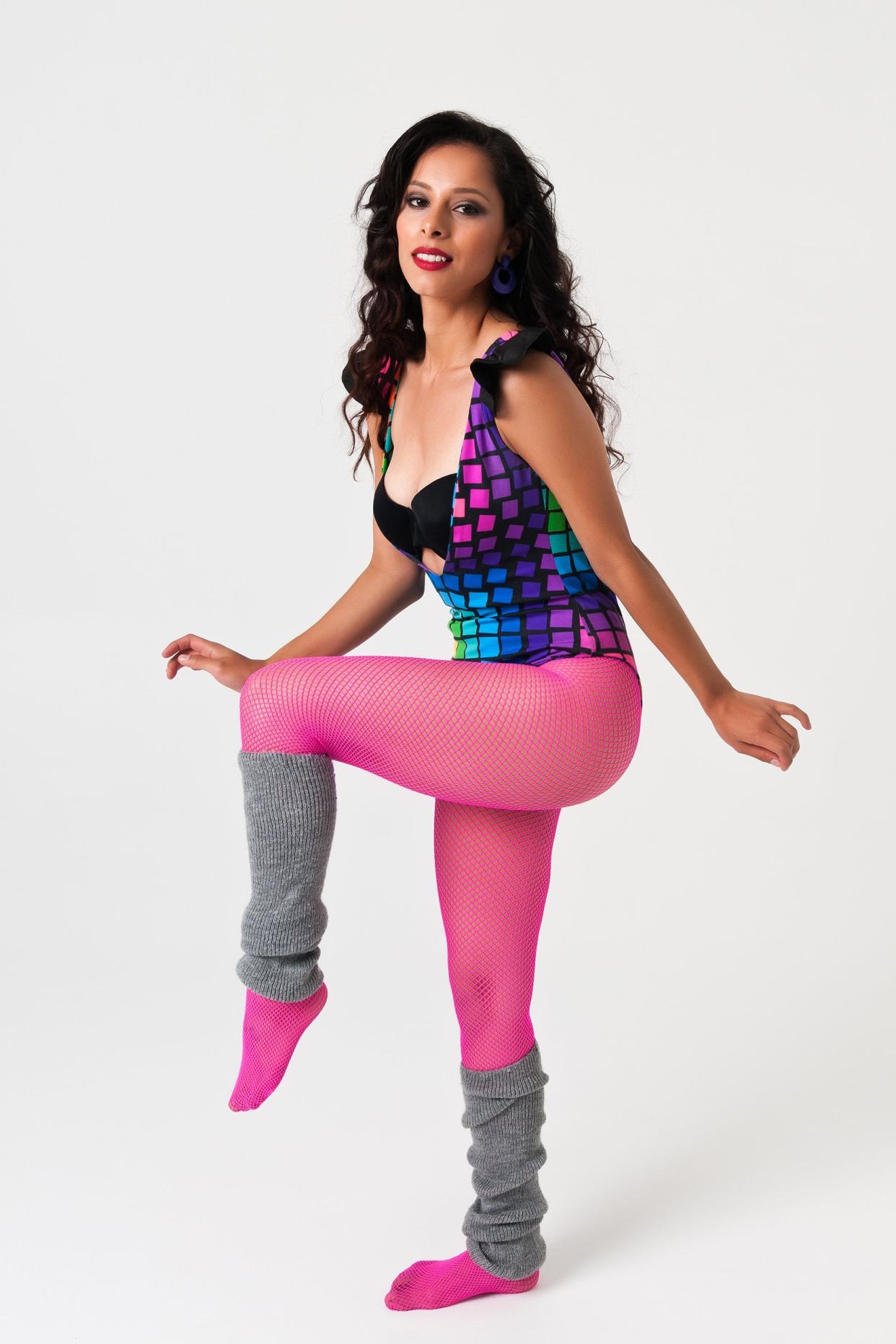
1980s: Leg Warmers
Whether you were Sweating to the Oldies or trying to keep up with Jane Fonda, if you were doing aerobics in the 1980s — and you were — chances are good you wore leg warmers. There was, apparently, a deeply held belief that exercise would make your ankles and calves chilly.
Related: Celebrity Fitness Gurus We Can't Forget
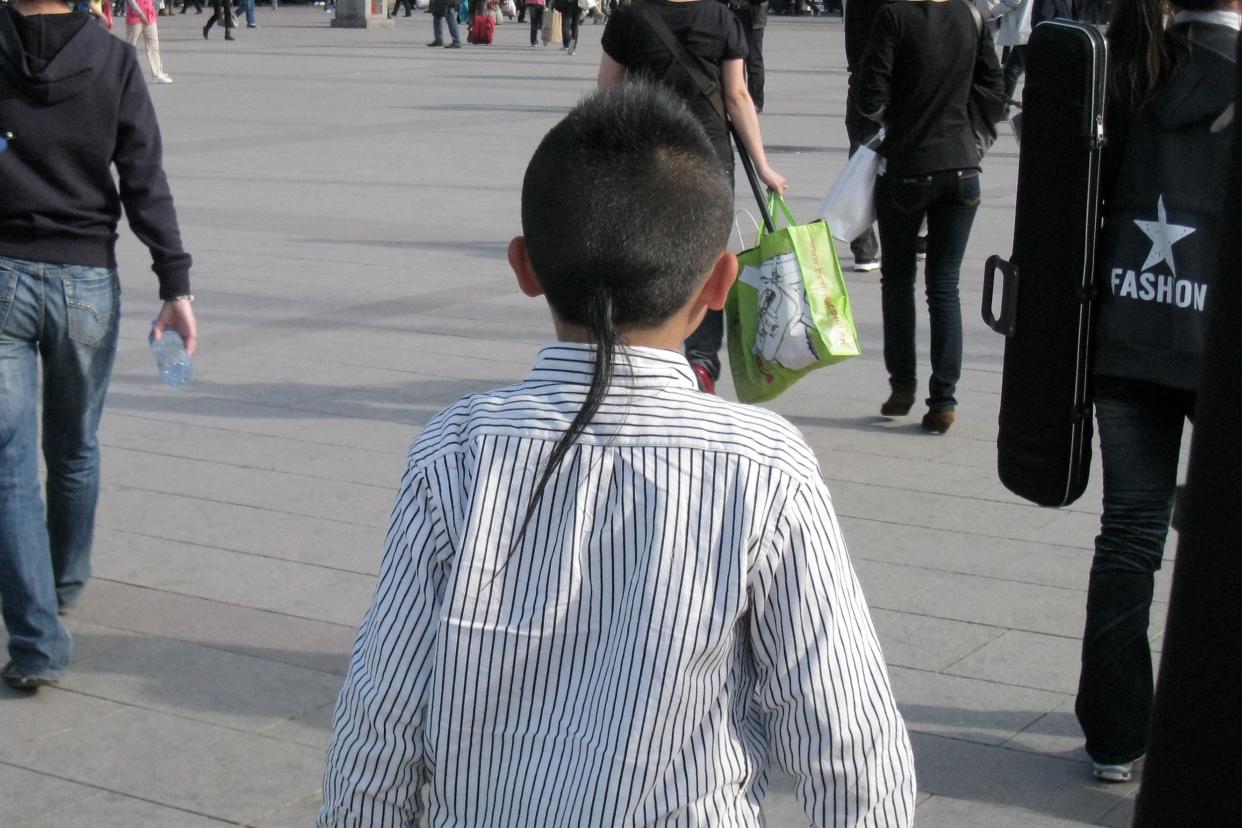
1980s: The Rat Tail
Although it's more style than fashion, the rat tail is worth a mention because it holds the distinction of being the only fad in history that made the mullet worse. Sometimes braided, sometimes feathered, the long, skinny, deformed male ponytail known as the rat tail had its place in history. So did the reign of Genghis Khan.
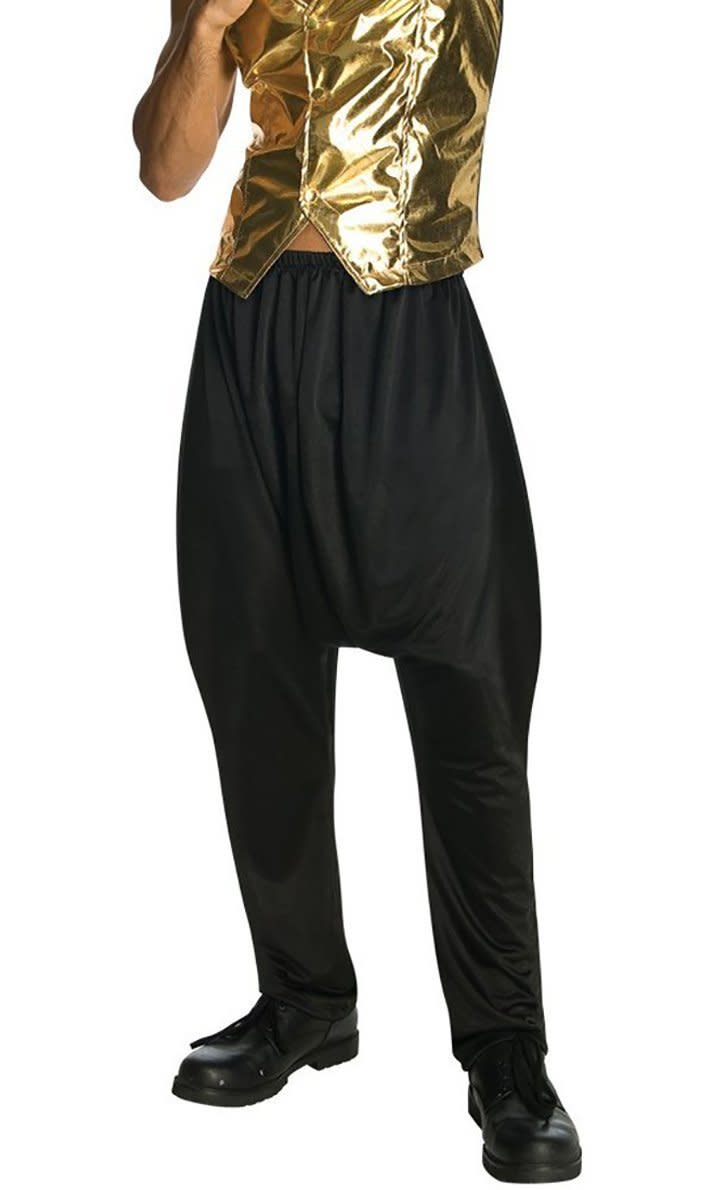
1990s: Hammer Pants
In 1990, M.C. Hammer released "U Can't Touch This" and his namesake brand of parachute pants, called Hammer pants, on an unsuspecting world. Soon kids of all races and genders looked like ancient Chinese emperors from the waist down.

1990s: T-Shirts Over Long-Sleeve Shirts
Jennifer Aniston did it on "Friends." Eddie Vedder did it on stage. But they were Jennifer Aniston and Eddie Vedder. Anyone else who wore a long-sleeve shirt under a T-shirt in the '90s still owes us all an explanation.
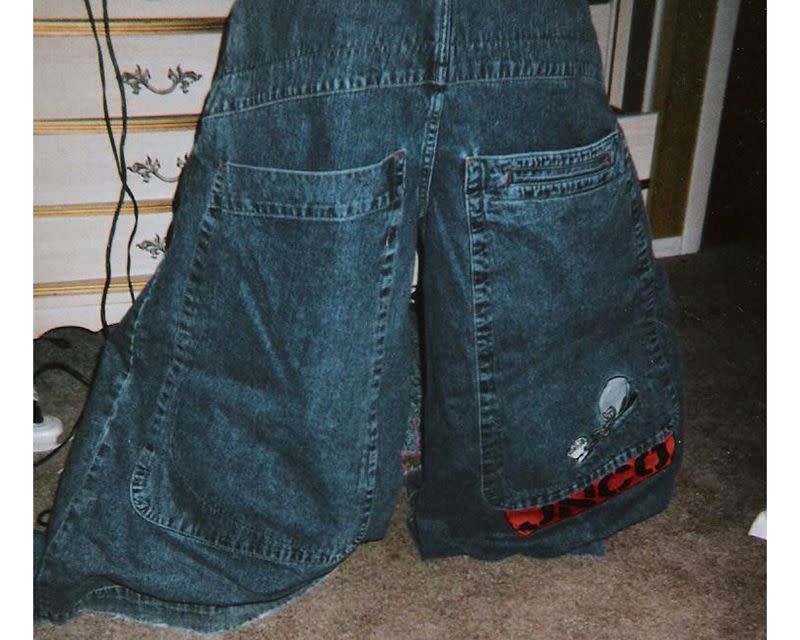
1990s: Jnco Jeans and Gaucho Trousers
The surrealistically thick-legged silhouette of gaucho trousers, which reach mid-calf and suggest a skirt without being one, made the jump in the 1990s from women to popular men's fashion with expensive JNCO jeans — the letters stand for "Judge None Choose One" but were often referred to as "Jeans No One Can Own" — and became flagrantly impractical fast. Leg openings could be more than 50 inches in diameter, perhaps helping burn buyers out on the fad, and sales began suffering at the end of the 1990s. But the company limped on until 2018.
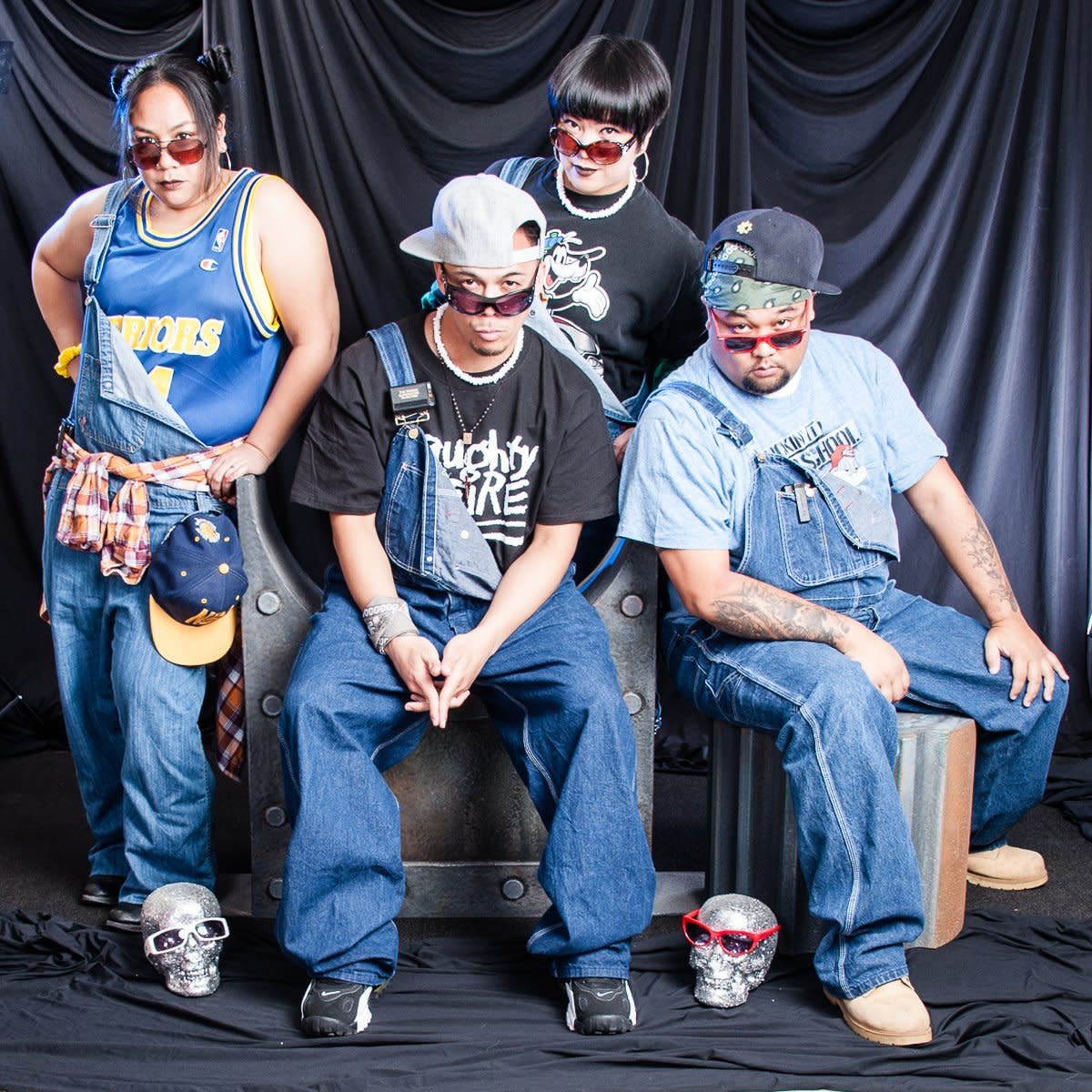
1990s: Overalls With One Strap Down
When Will Smith undid one of the straps on his old-fashioned overalls, arguably the least hip piece of clothing ever sewn, high school kids across the country suddenly became non-symmetrical farmhands.
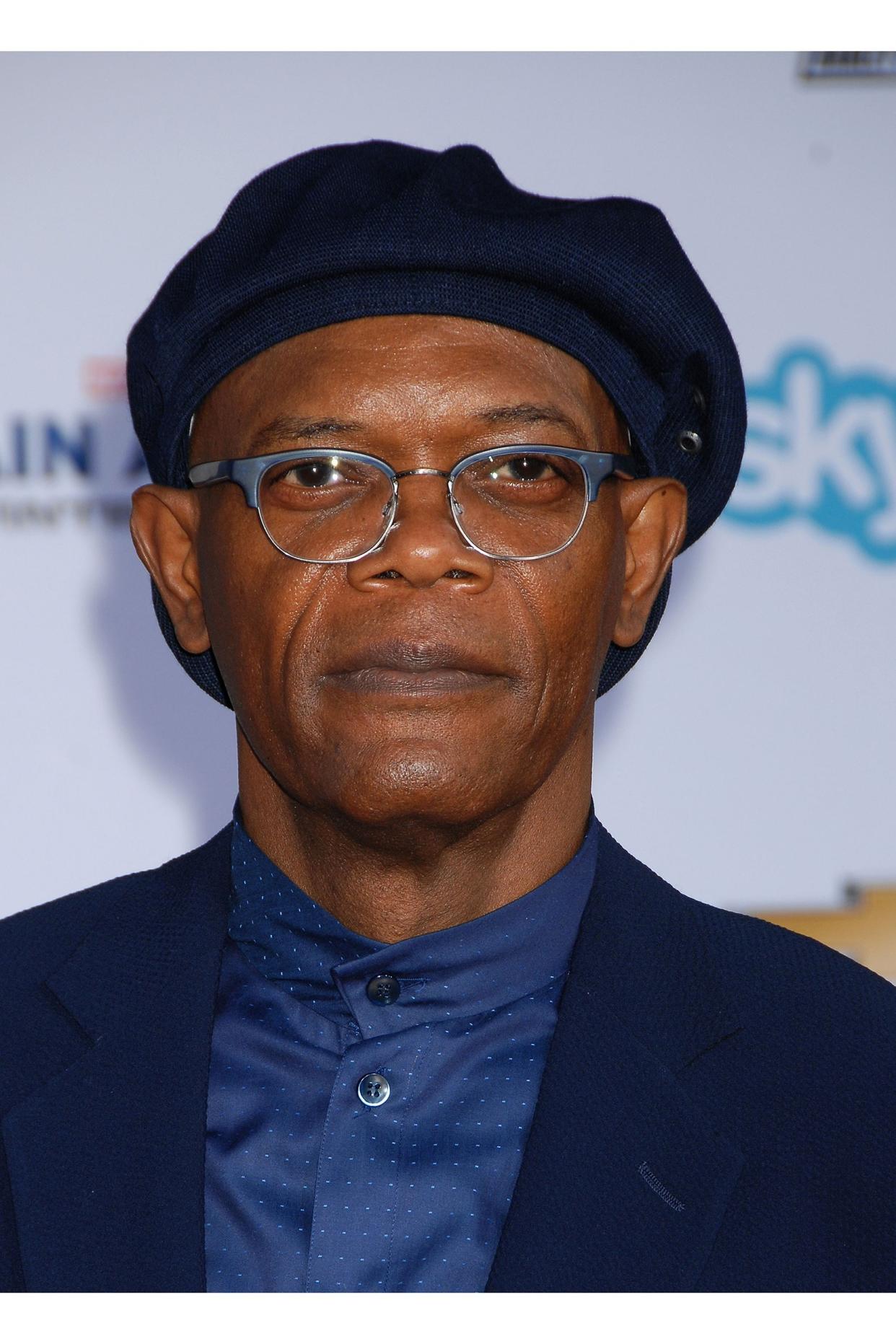
1990s: Kangol Hats
In yet another example of celebrities leading a nation astray, Samuel L. Jackson deserves much blame for the rise of the Kangol hat. It turned out he's the only human who can pull it off, frontward or back. The best of us should never try, though we did in the '90s.
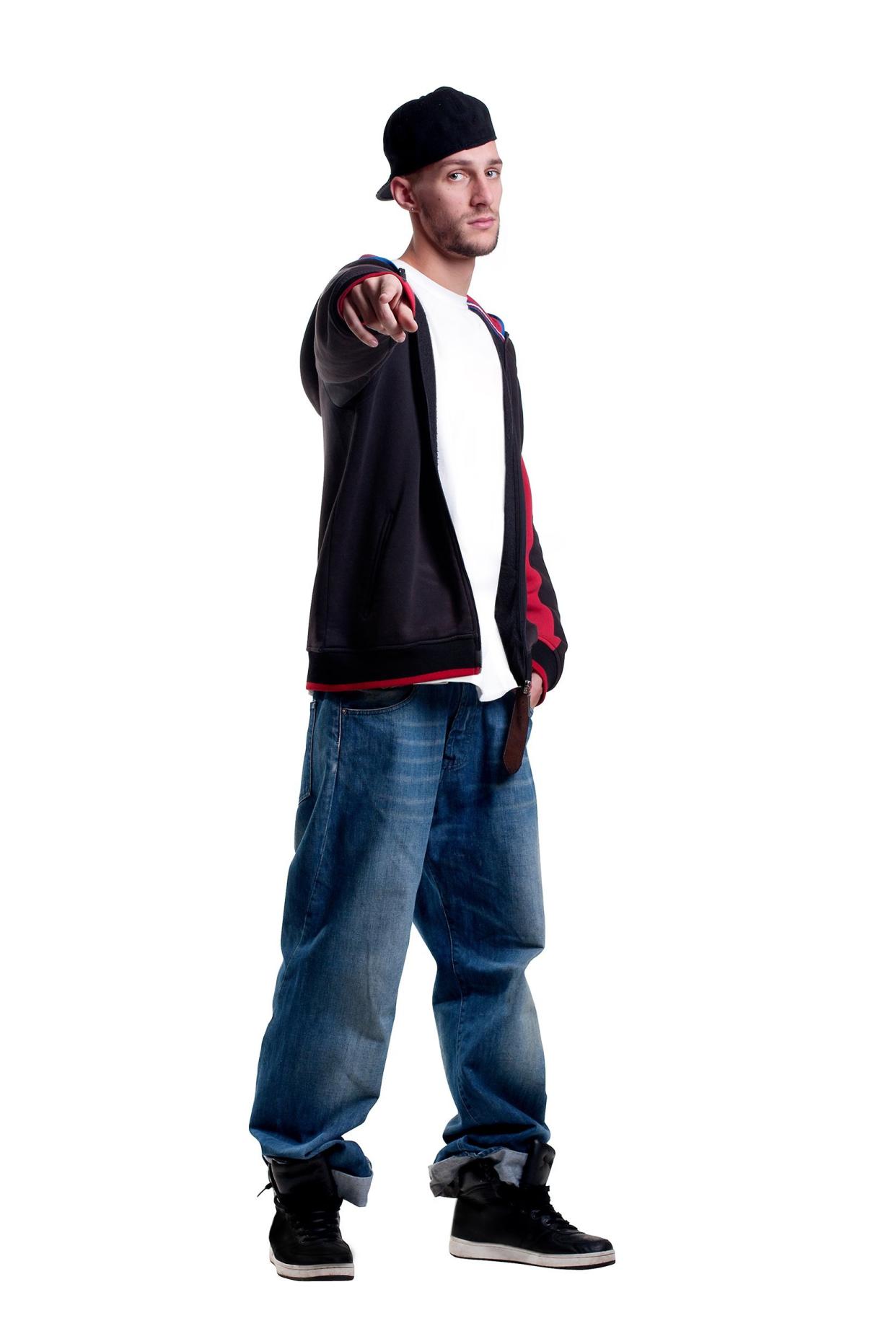
2000s: Saggy Pants
When the new millennium arrived, weird things started happening: A whole lot more underwear entered the picture, and back pockets ended up somewhere by the backs of the knees. Not only was the baggy pants trend unsightly, but it was impractical to anyone who wanted to run … or walk … or get a job. We all liked "The Wire," too, but just stop it.
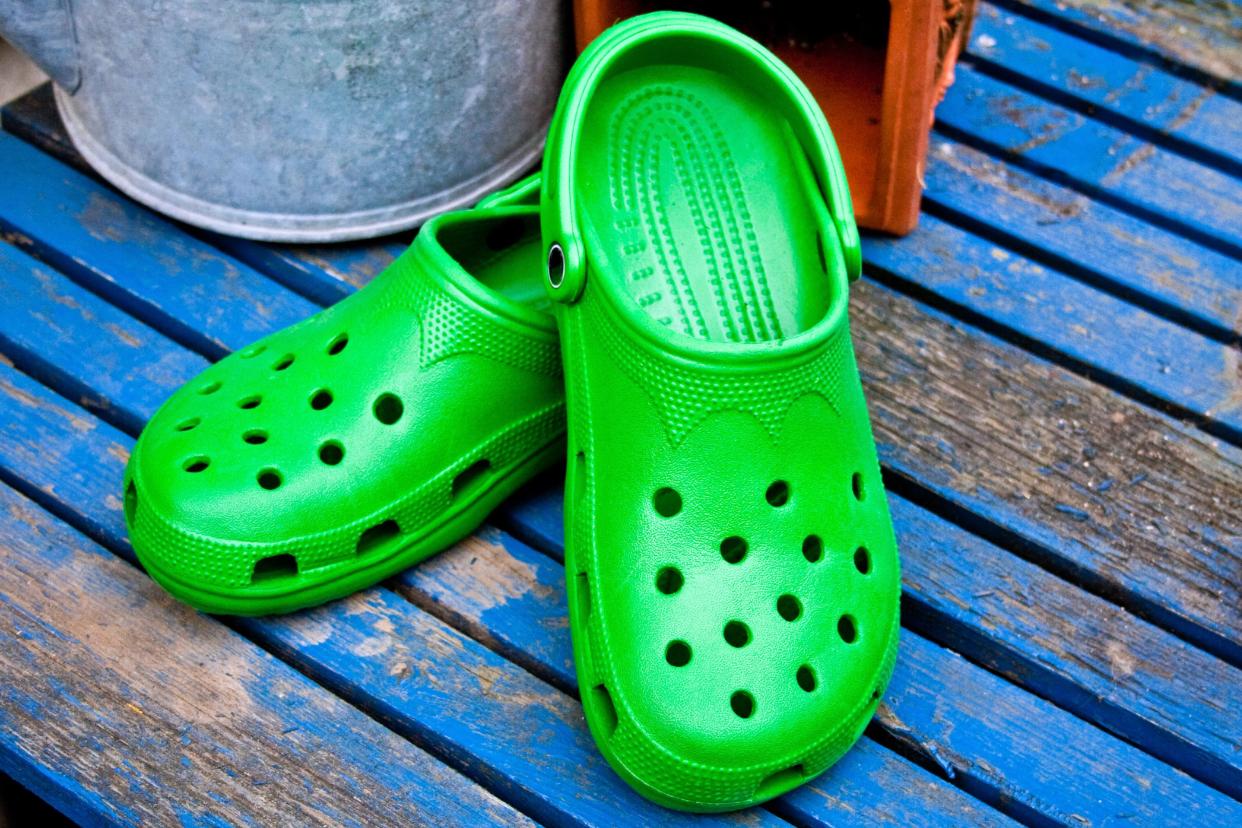
2000s: Crocs
In 2002, shoes became those wooden clogs people wore to collect tulips in the Netherlands, only they were made of plastic — and filled with holes. They were Crocs, and with the exception of the Birkenstock sandal, they represented the lowest point in the history of footwear. However, for those seeking slip-on comfort, they served their purpose — and in 2021, they're back and apparently cooler than ever, thanks to social media influencers. The brand even announced it would be adding a wacky sock line so devotees can take the dubious trend to another level.
Related: 7-Eleven Joins Long List of Wild Crocs Collaborations
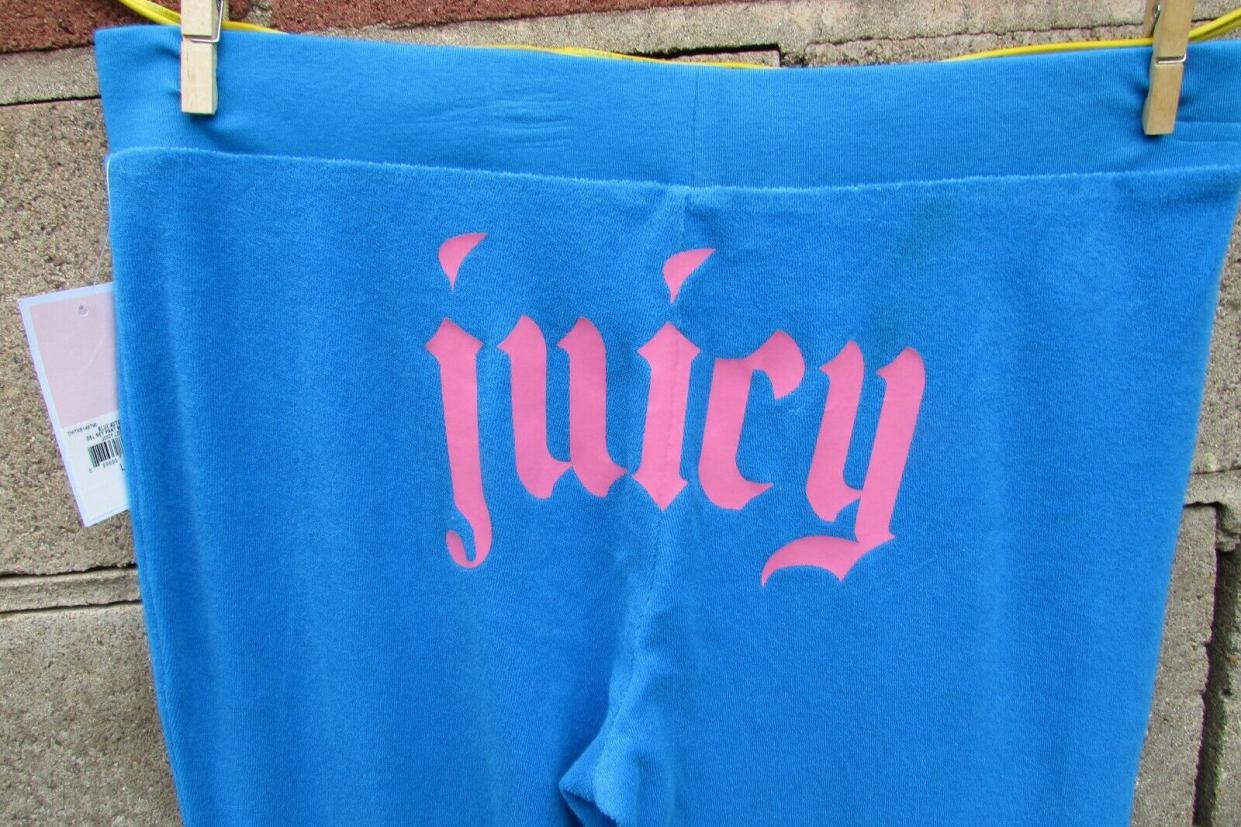
2000s: Butt Writing
Pink. Juicy. Namaste. At some point in the 2000s, staring at a woman's butt went from rude, creepy, and sleazy to unavoidable, thanks to weird, often suggestive words printed on the back of sweatpants. They appeared on women of all ages, and girls — including young girls. Let's please not do that again.
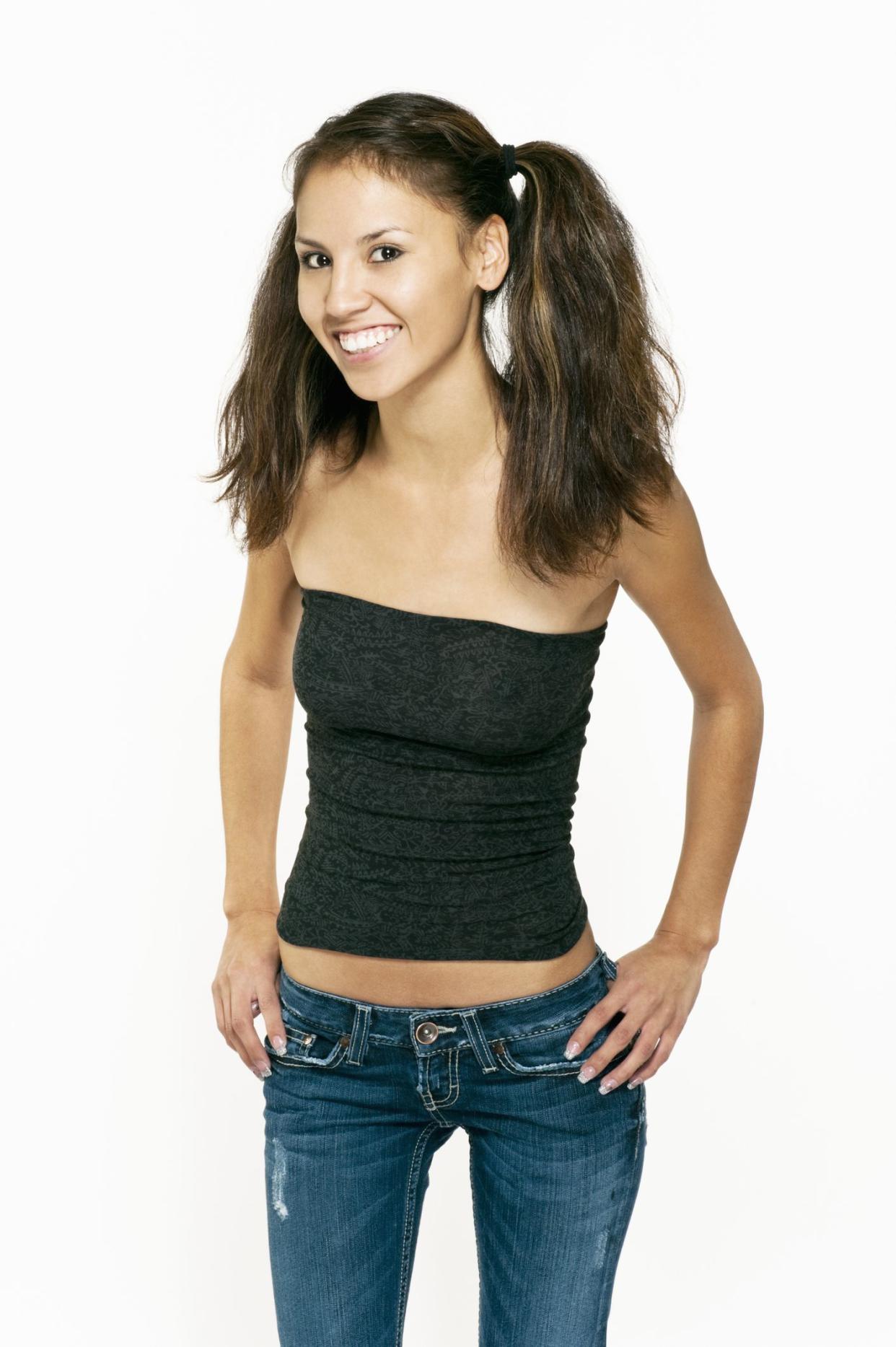
2000s: Low-Rise Jeans
Unfortunately, like Crocs, low-rise jeans are starting to enjoy a resurgence. Gen Z is rejecting skinny jeans and higher waists in favor of early-2000s tends like this one, which exposed belly buttons, hip bones, and even rear ends with unforgiving zeal. "Many women who already lived through the trend’s first incarnation view its return with terror," notes The Wall Street Journal. Indeed. Long live mom jeans.
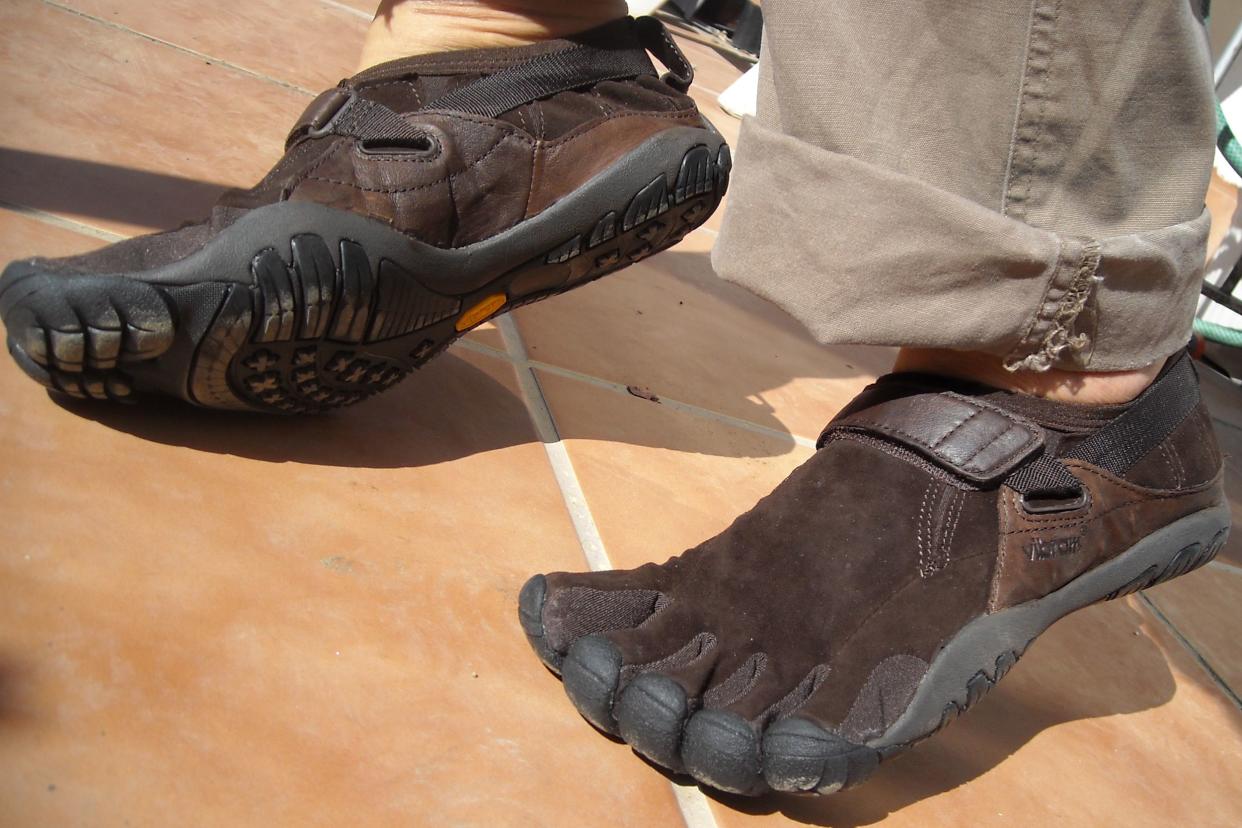
2000s: Toe Shoes
Introduced by obscure rubber sole company Vibram in 2005, "FiveFinger" shoes were intended to be a more natural way to interact with the outdoors — as though wearers were running barefoot. But as copycats got into the action, less than a decade later Vibram was setting aside money to settle a health-claim lawsuit and the shoes were most prominent on tech types who weren't poster children for getting back to nature.
Related: Where to Buy Shoes and Boots That Are Made in America
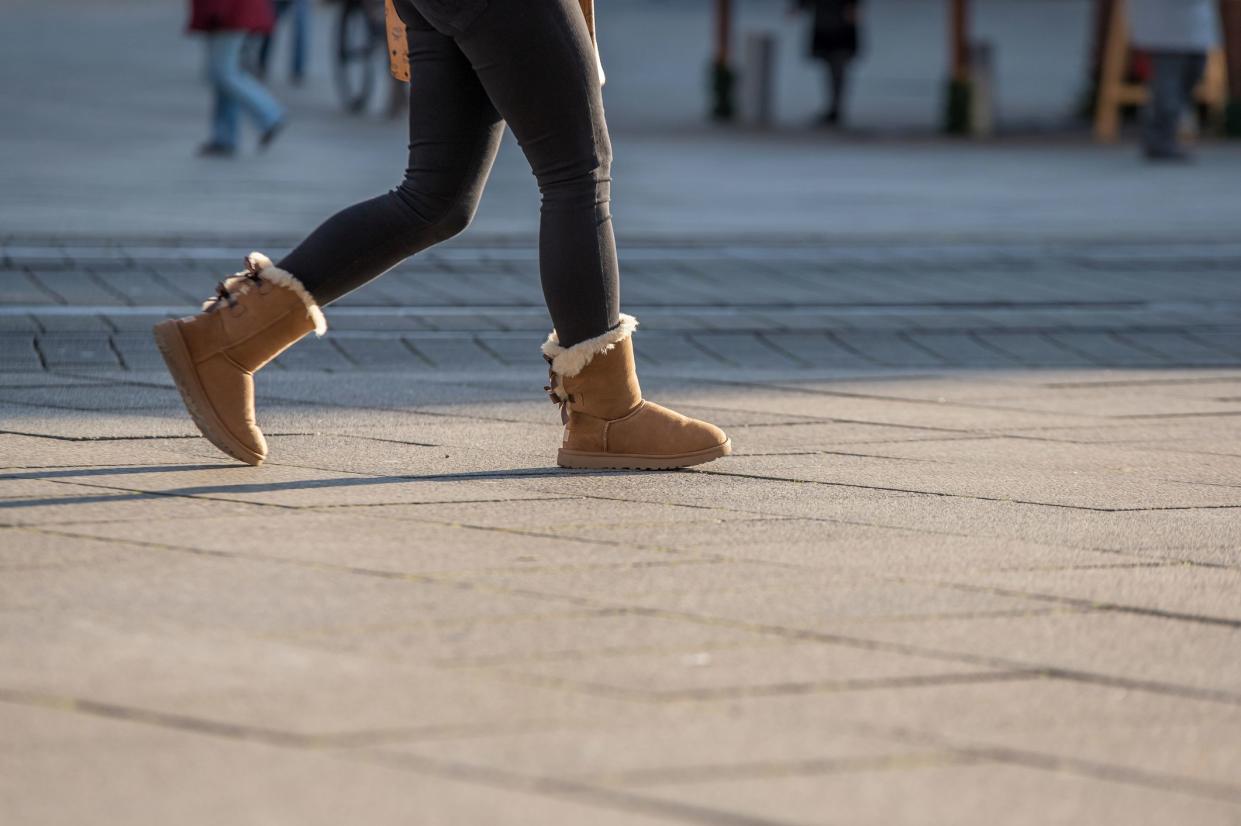
2000s: Ugg Boots
These sheepskin wonders skyrocketed in popularity after they landed on Oprah's eponymous "Favorite Things" list in 2000. Suddenly, everyone had to have a pair, leading to waiting lists and insane markups on eBay. There were few places you couldn't spot someone sporting the marshmallowy footwear, often paired with leggings, even if the venue seemed to demand something, well, a little less comfortable. However, like many '00 trends, this one has had a comeback, and Uggs have been spotted on plenty of stars lately, not to mention on the feet of TikTok influencers.
Related: Dead Fashion Brands We Miss
